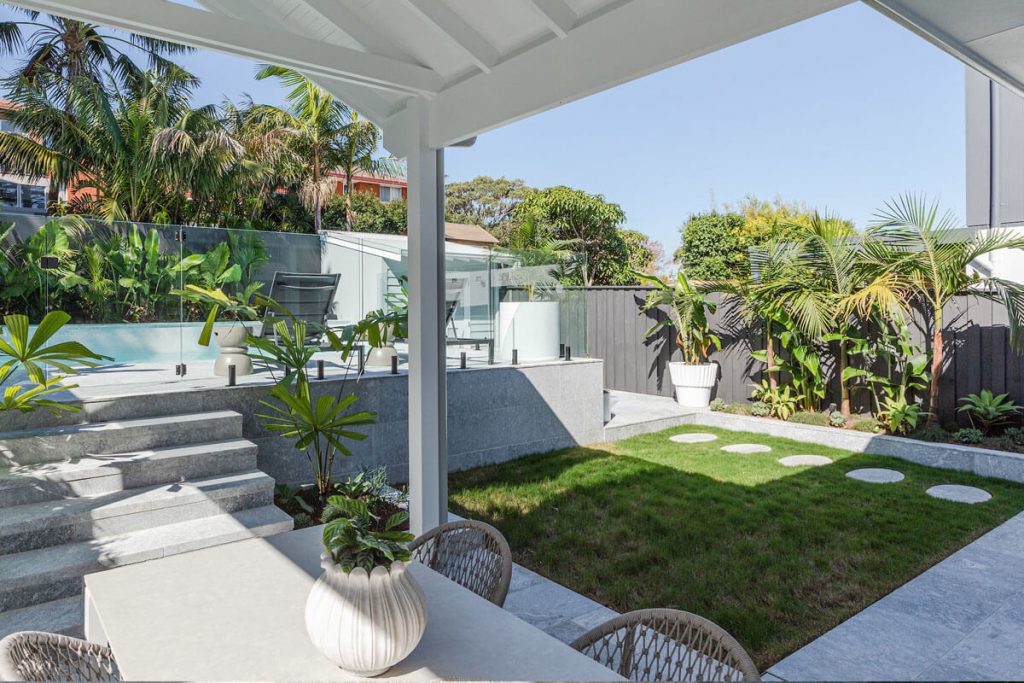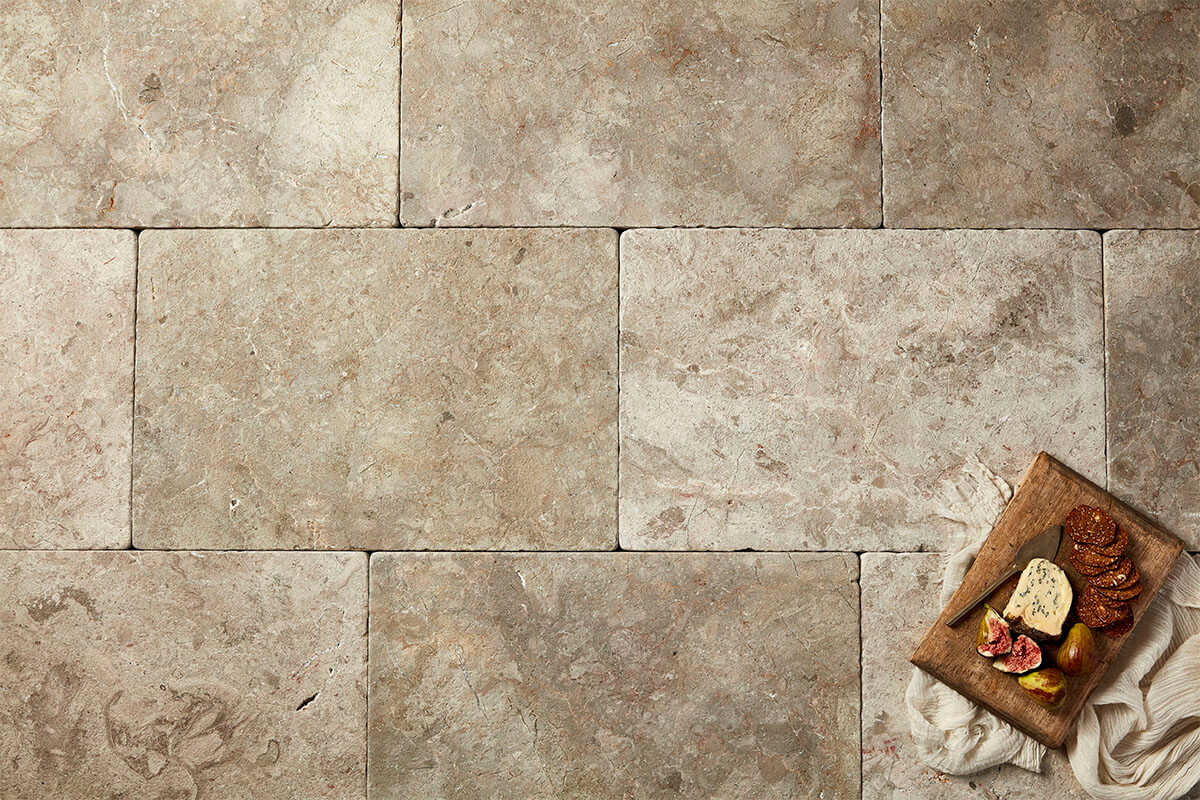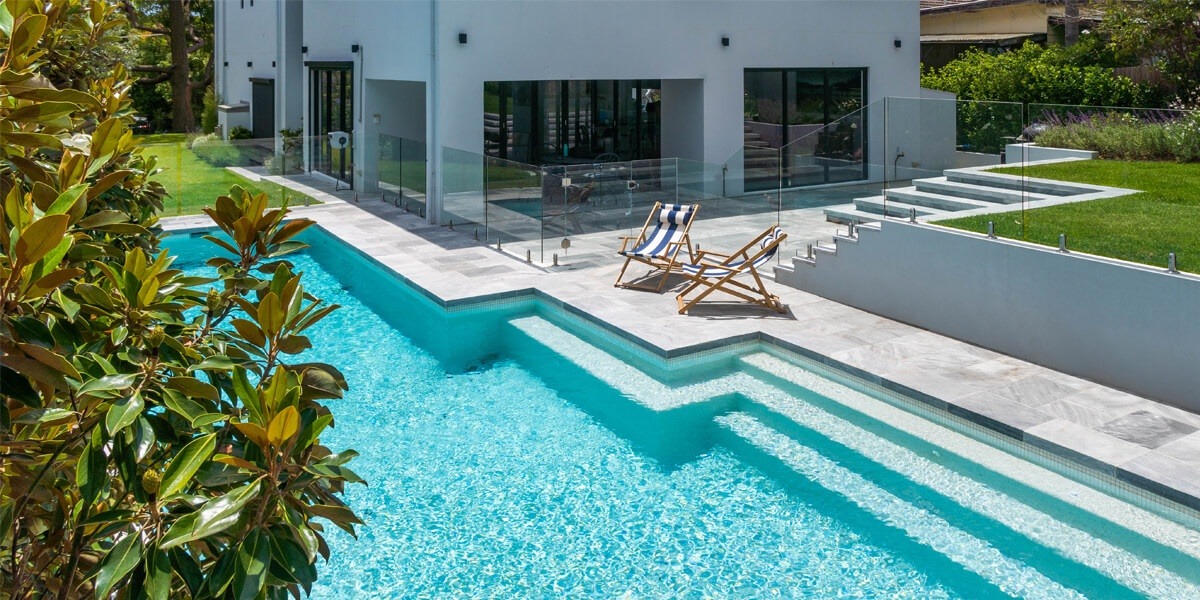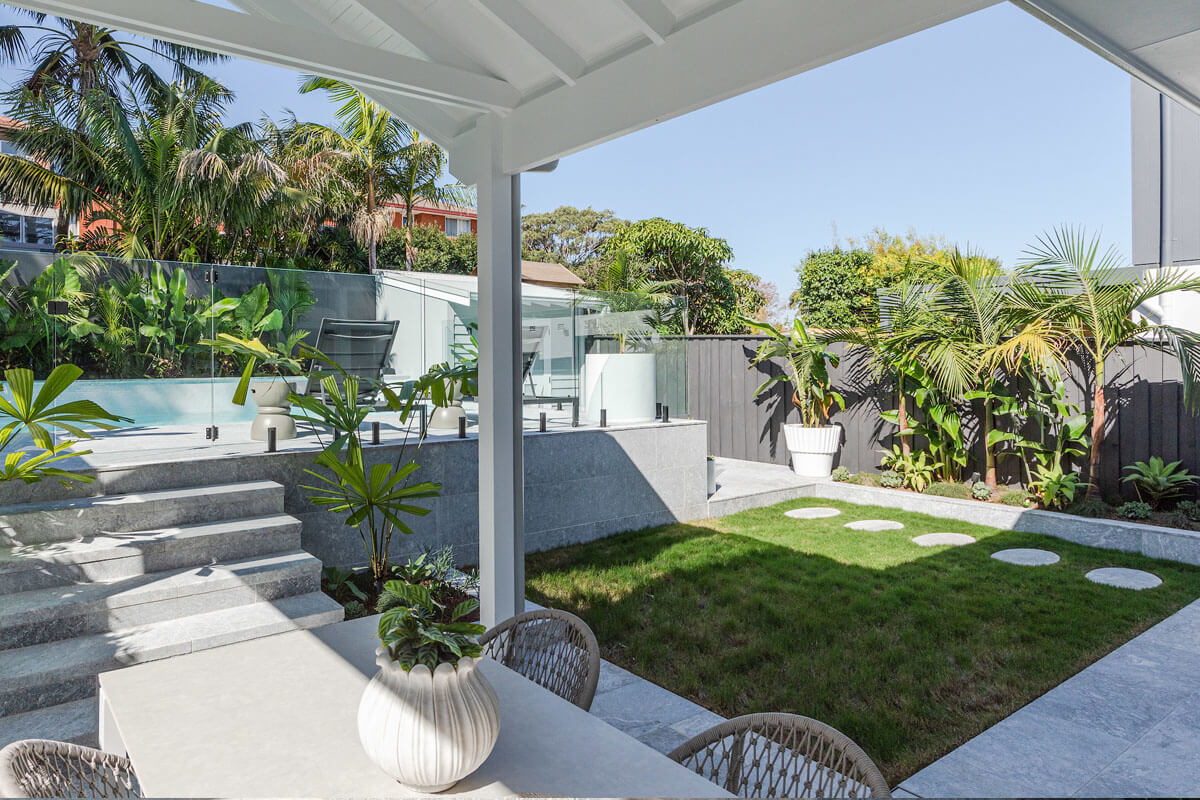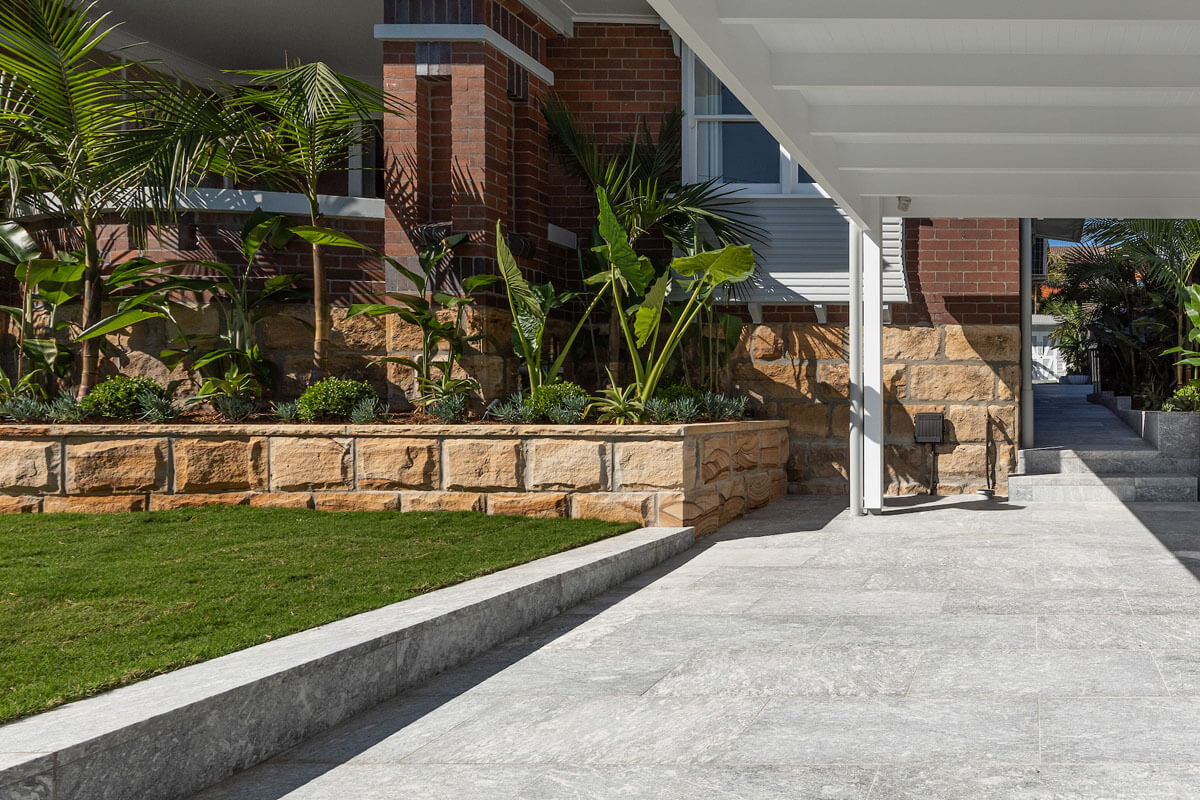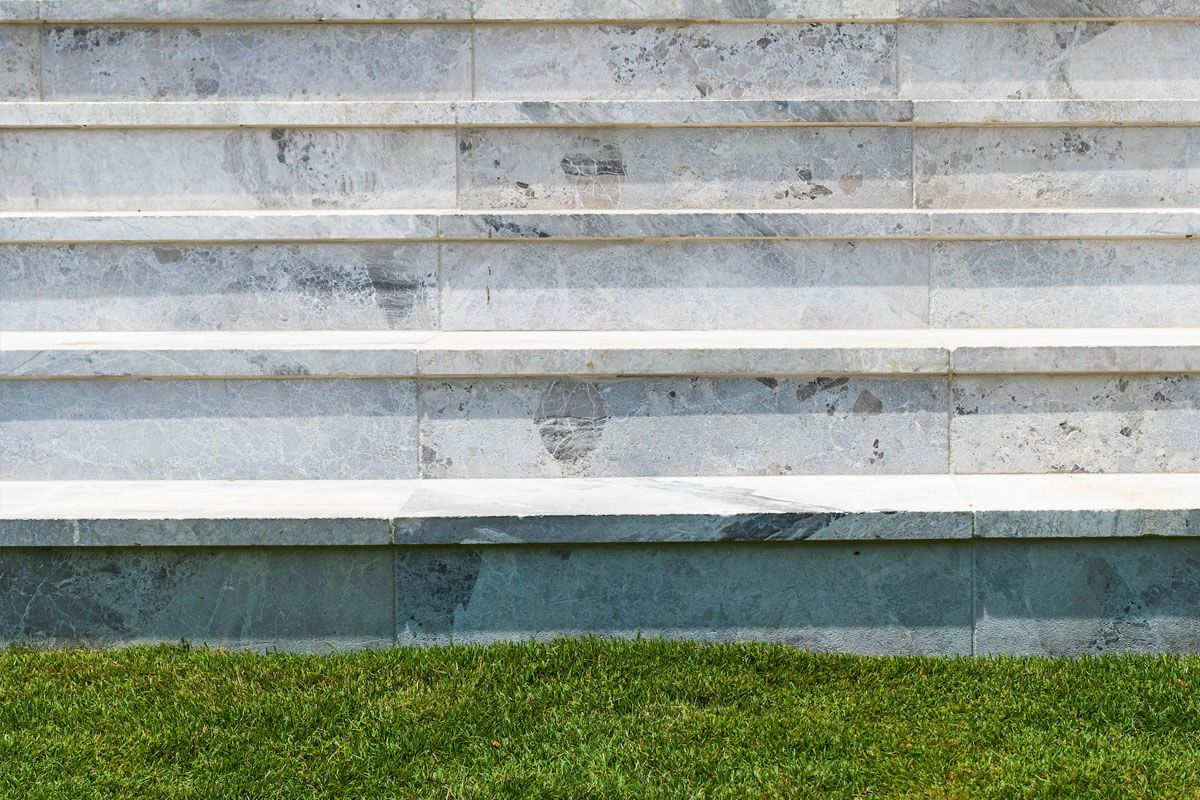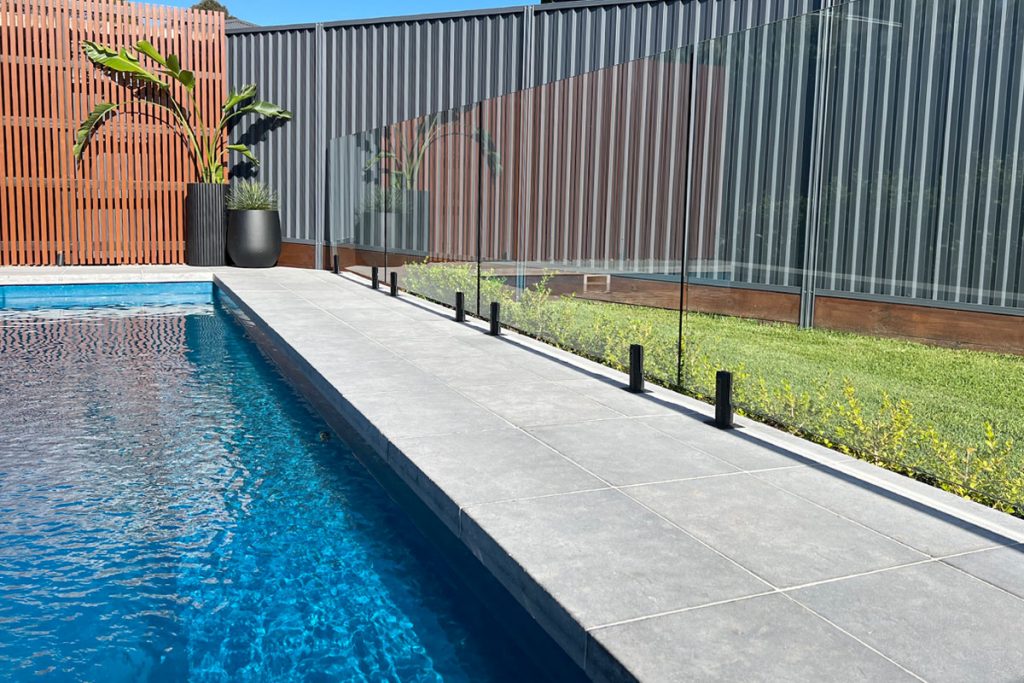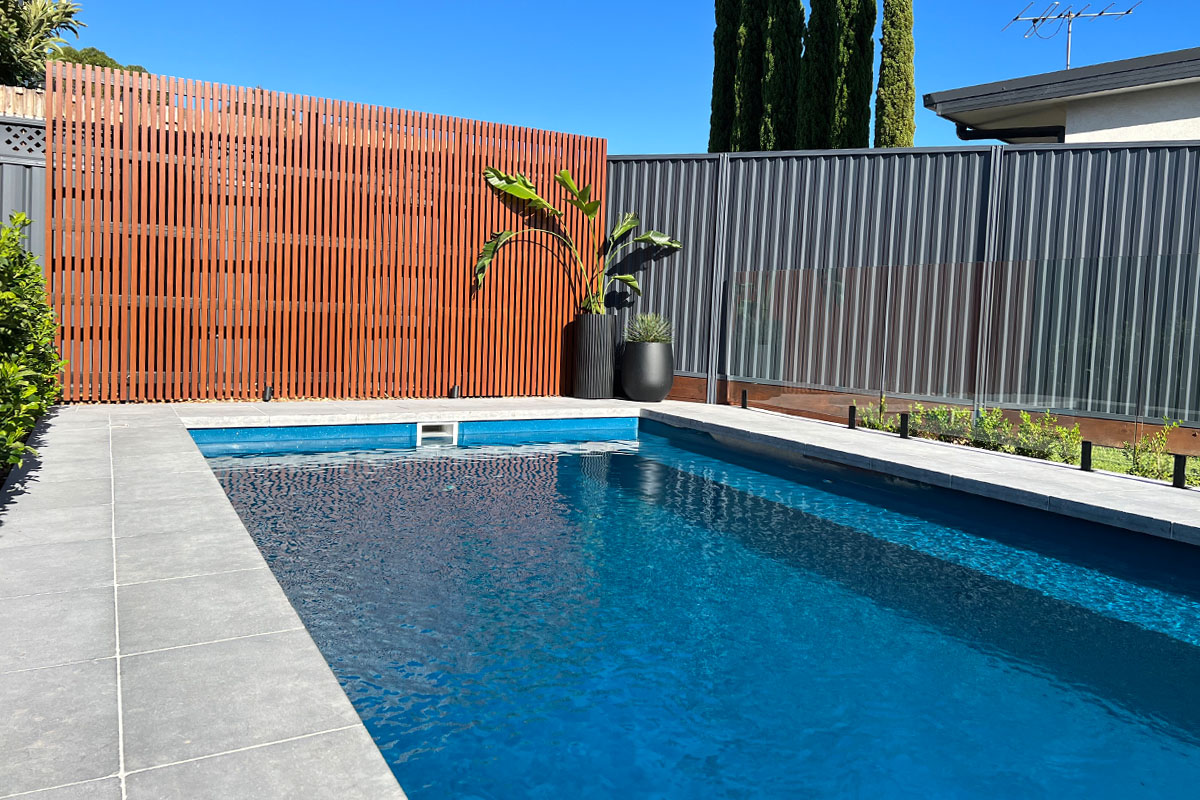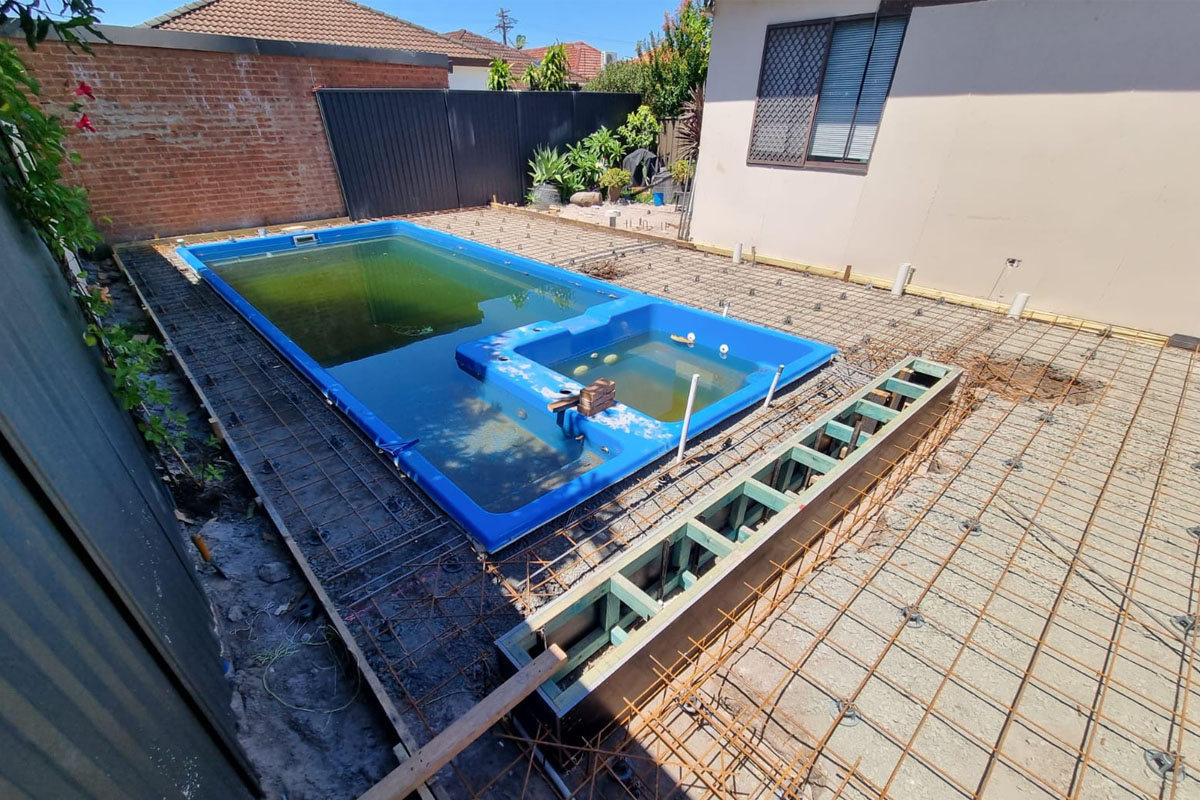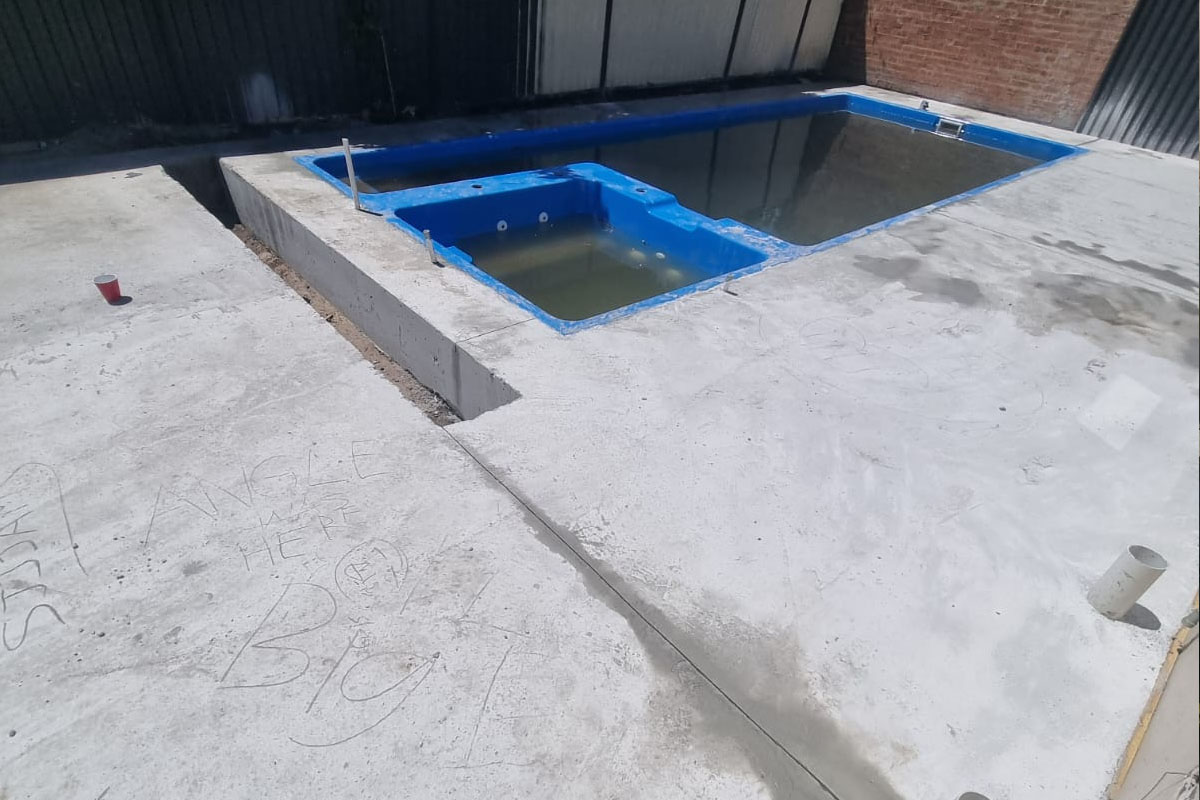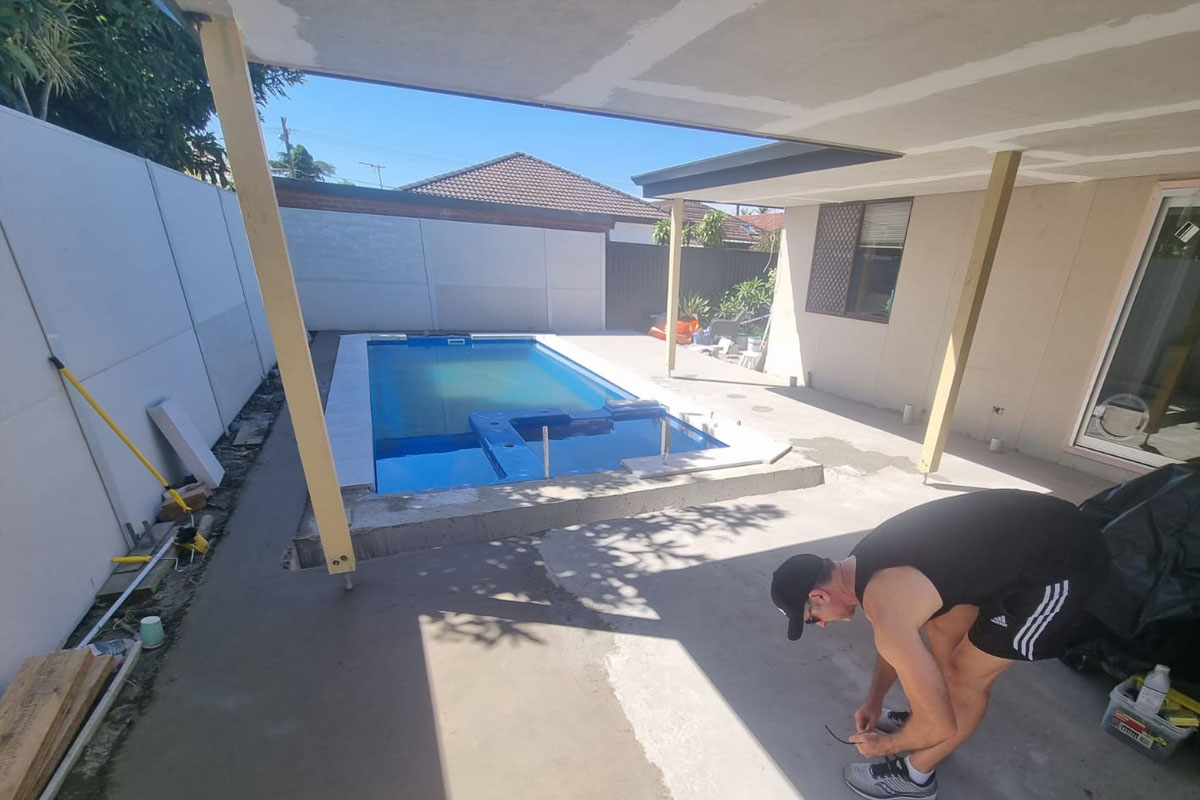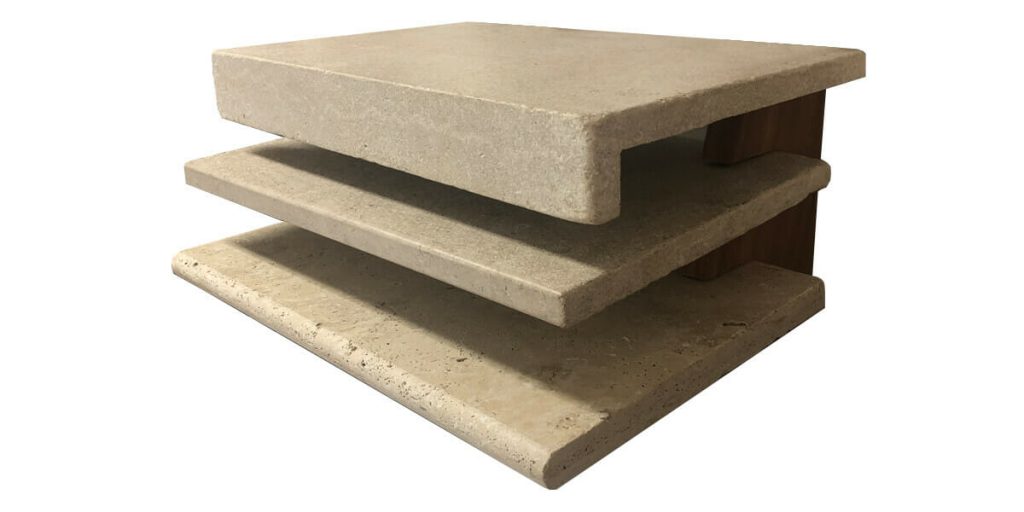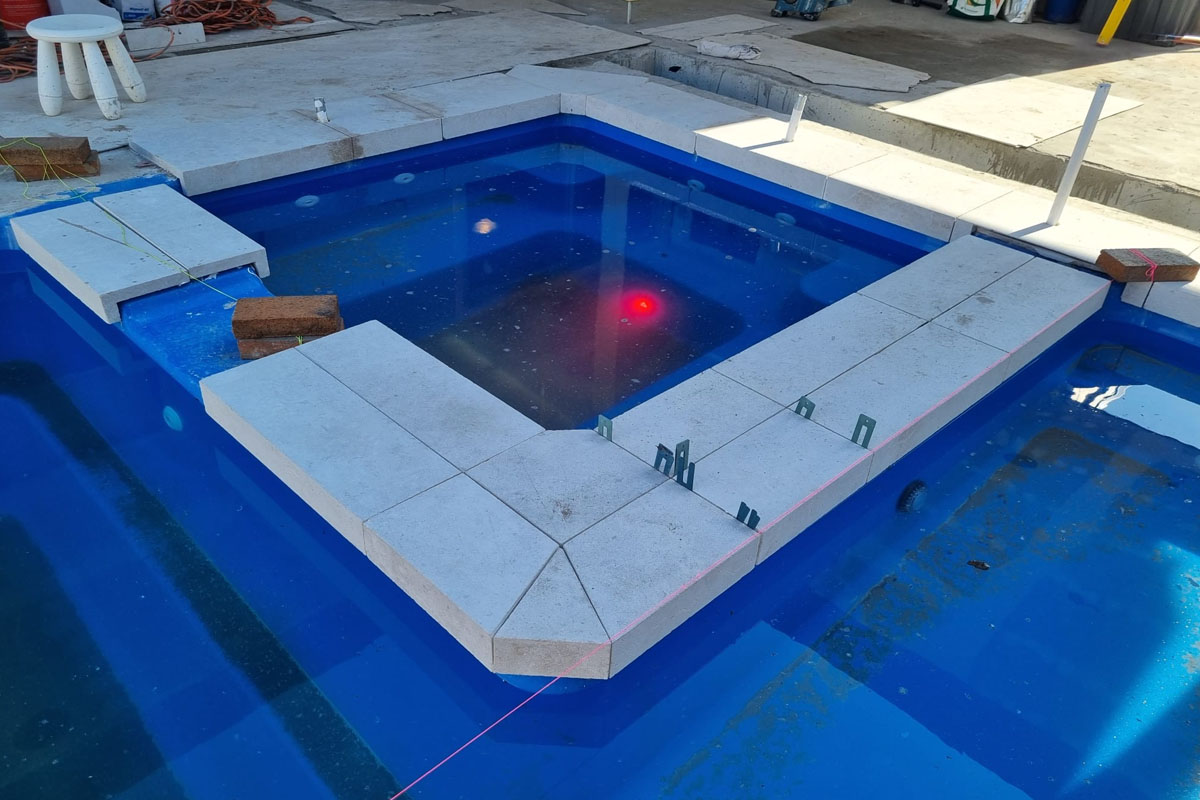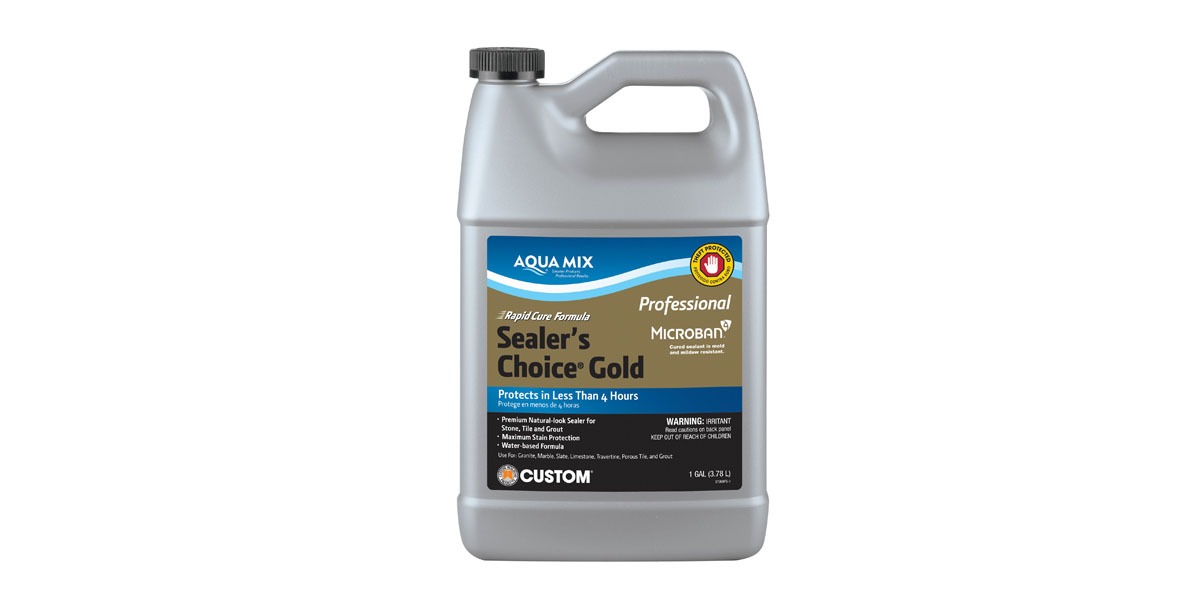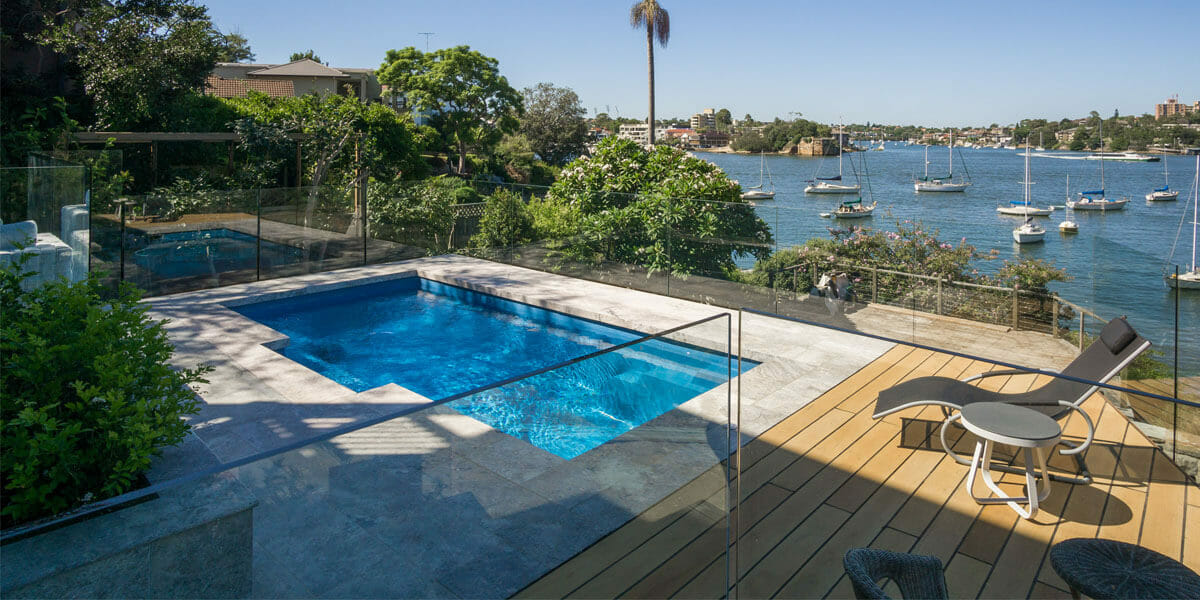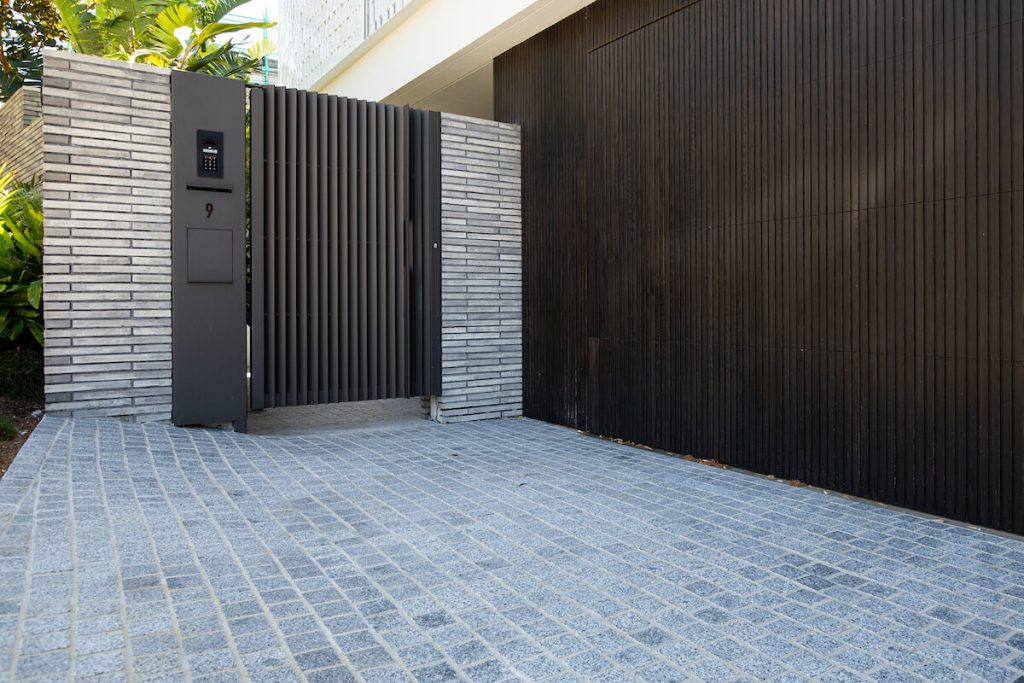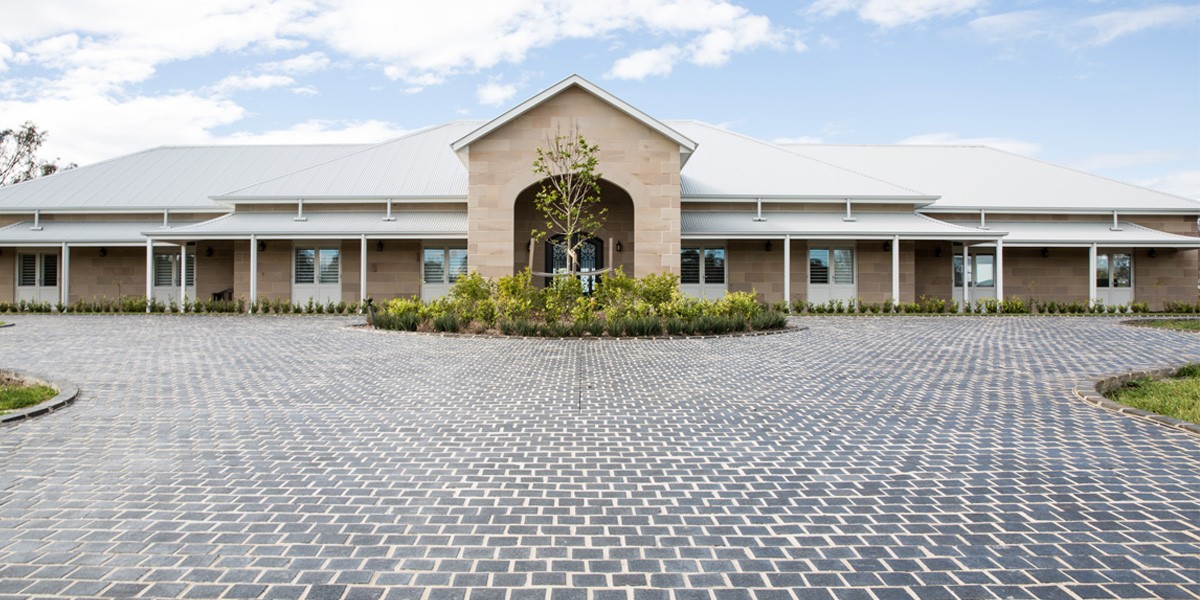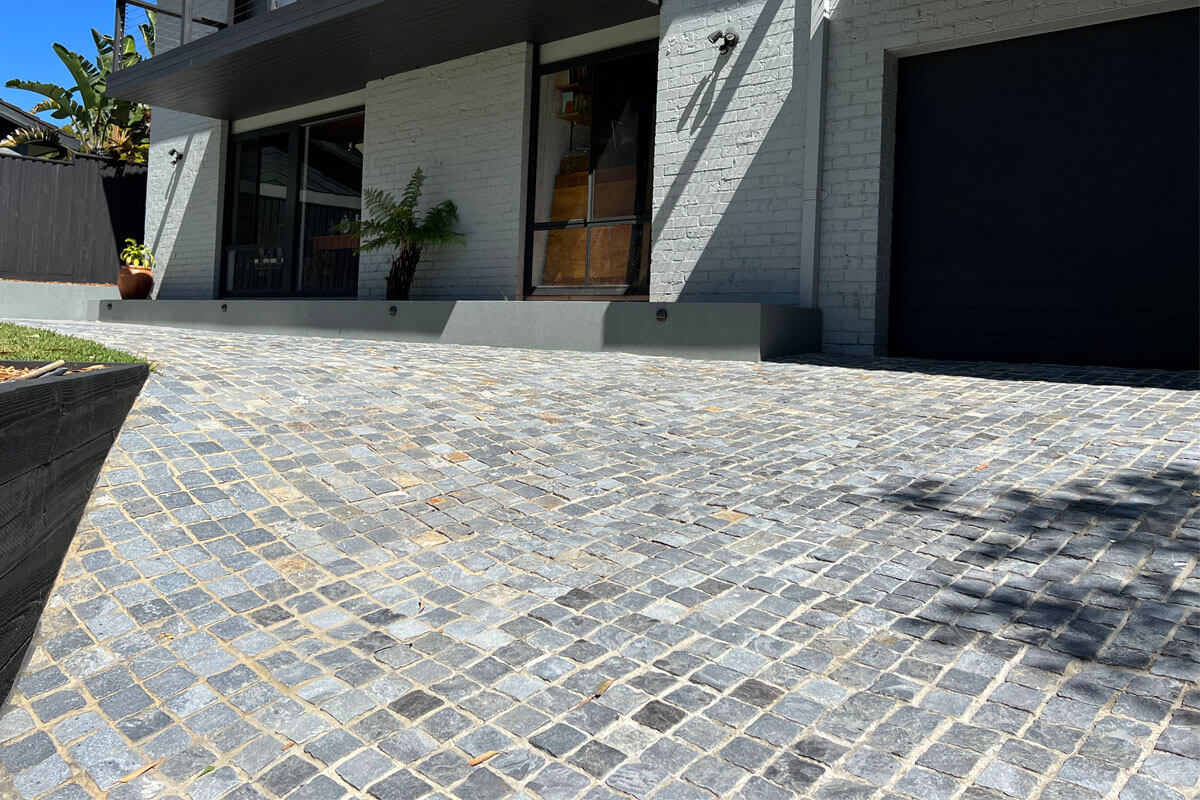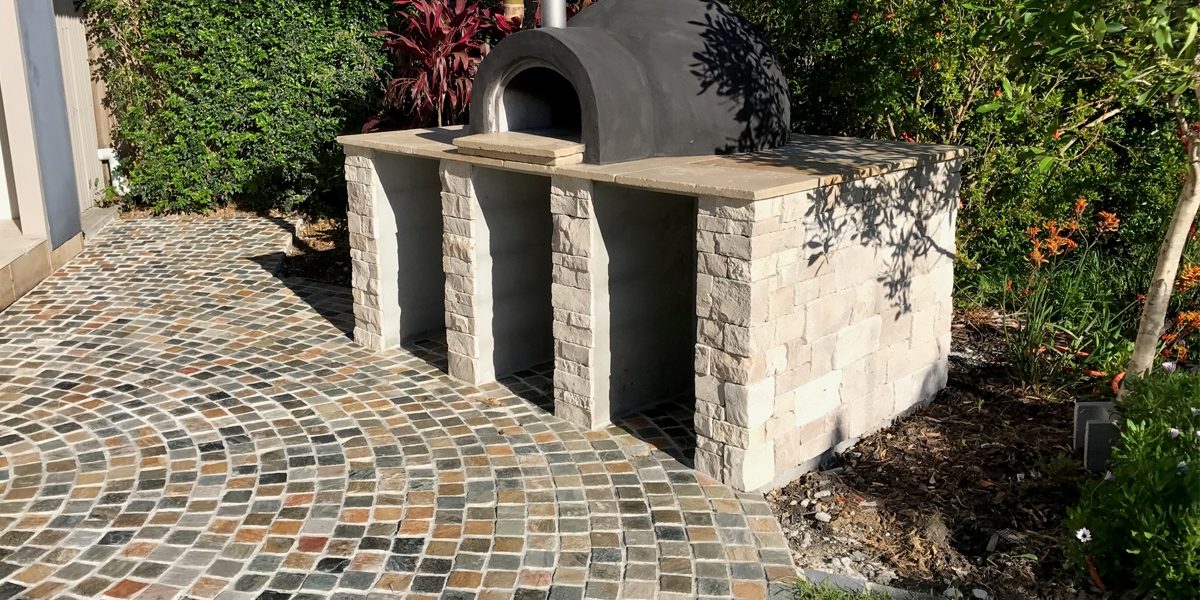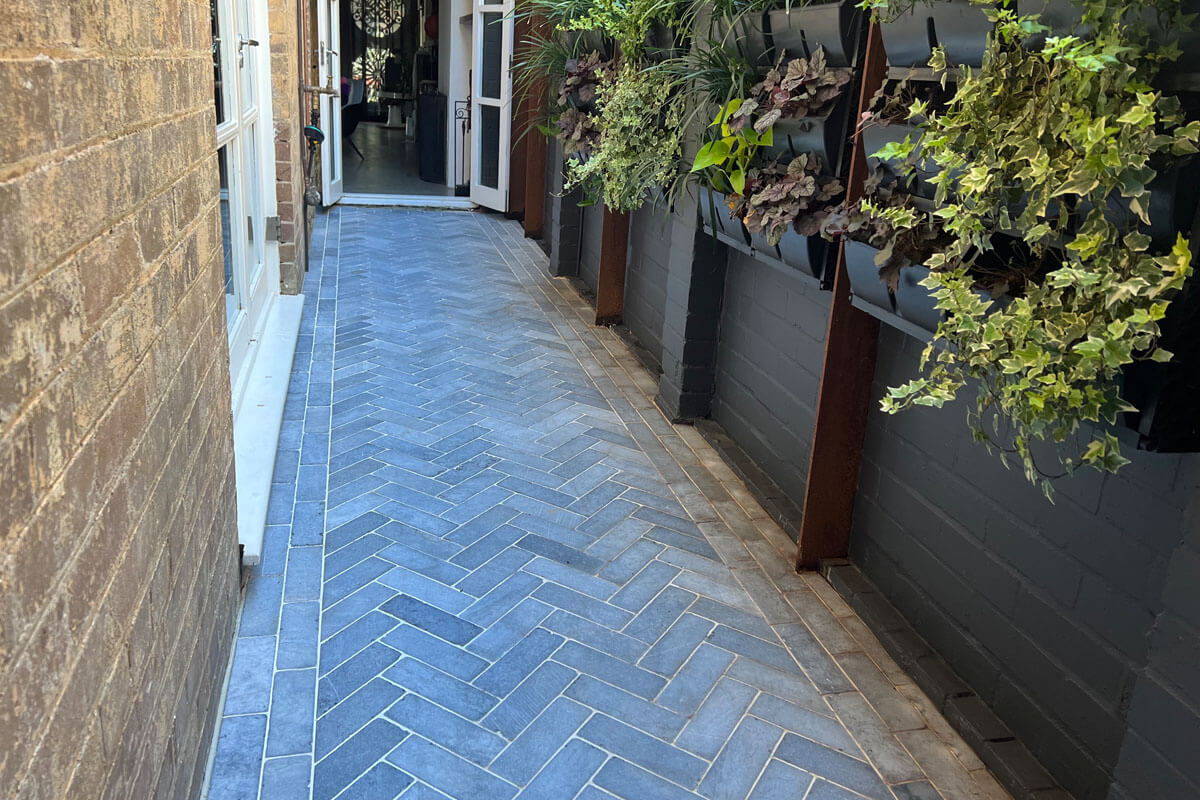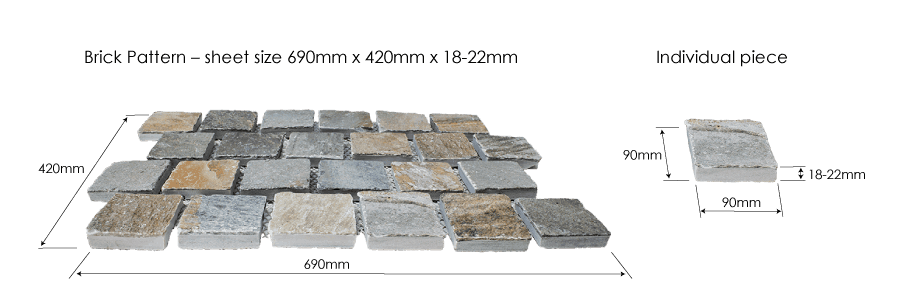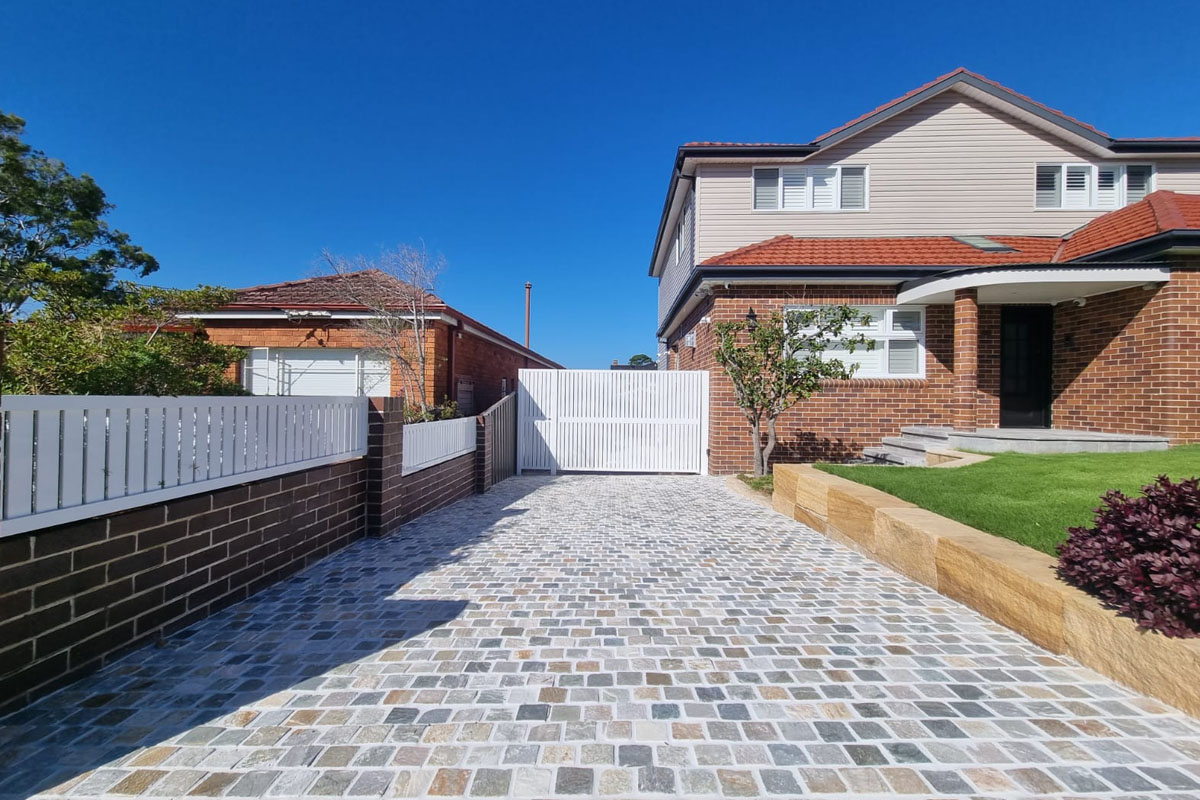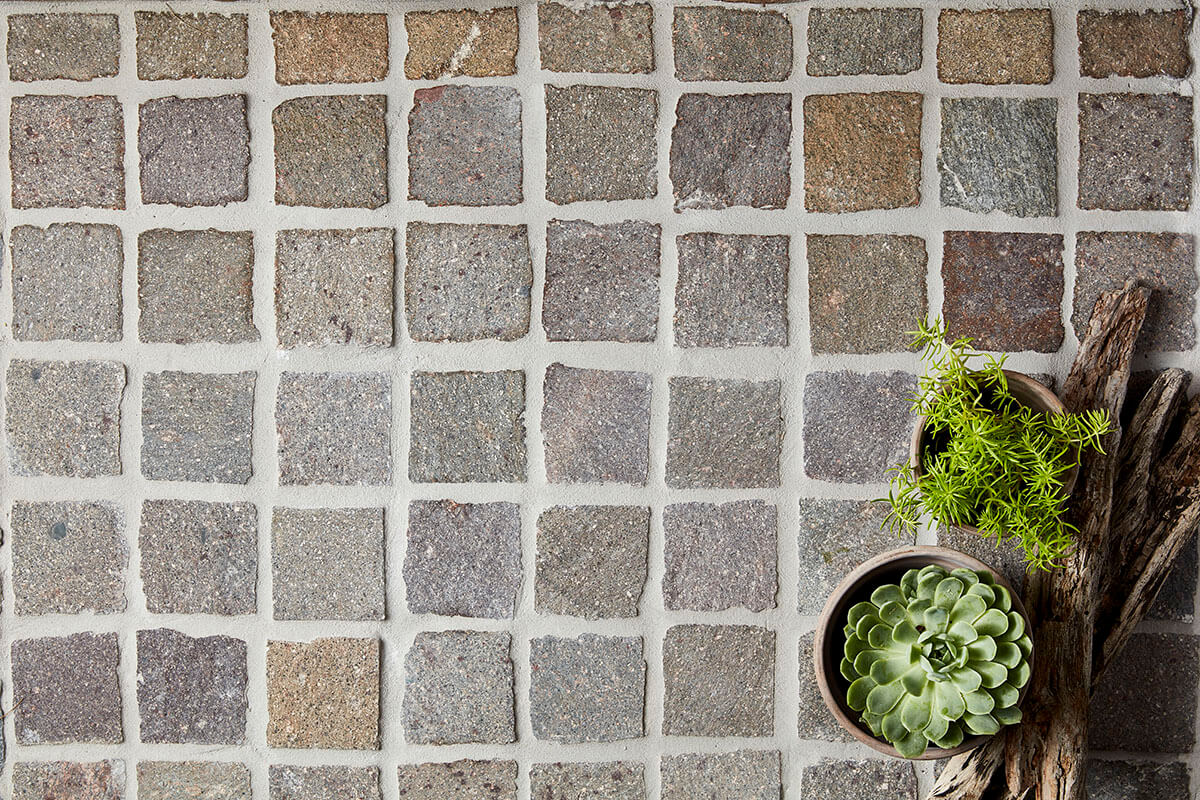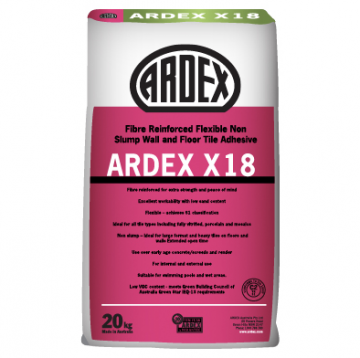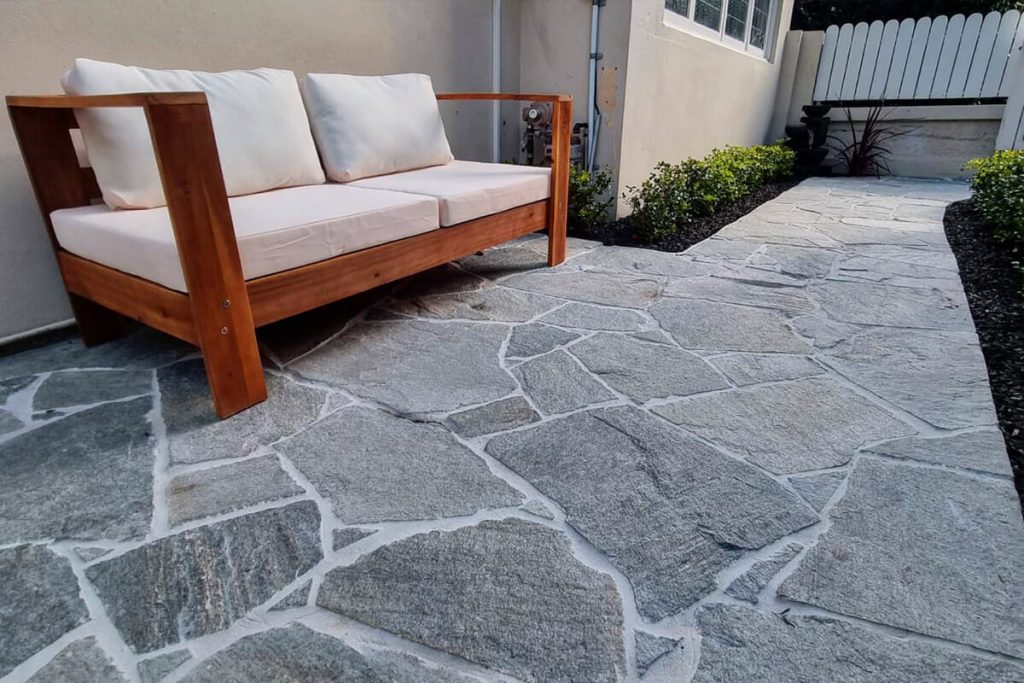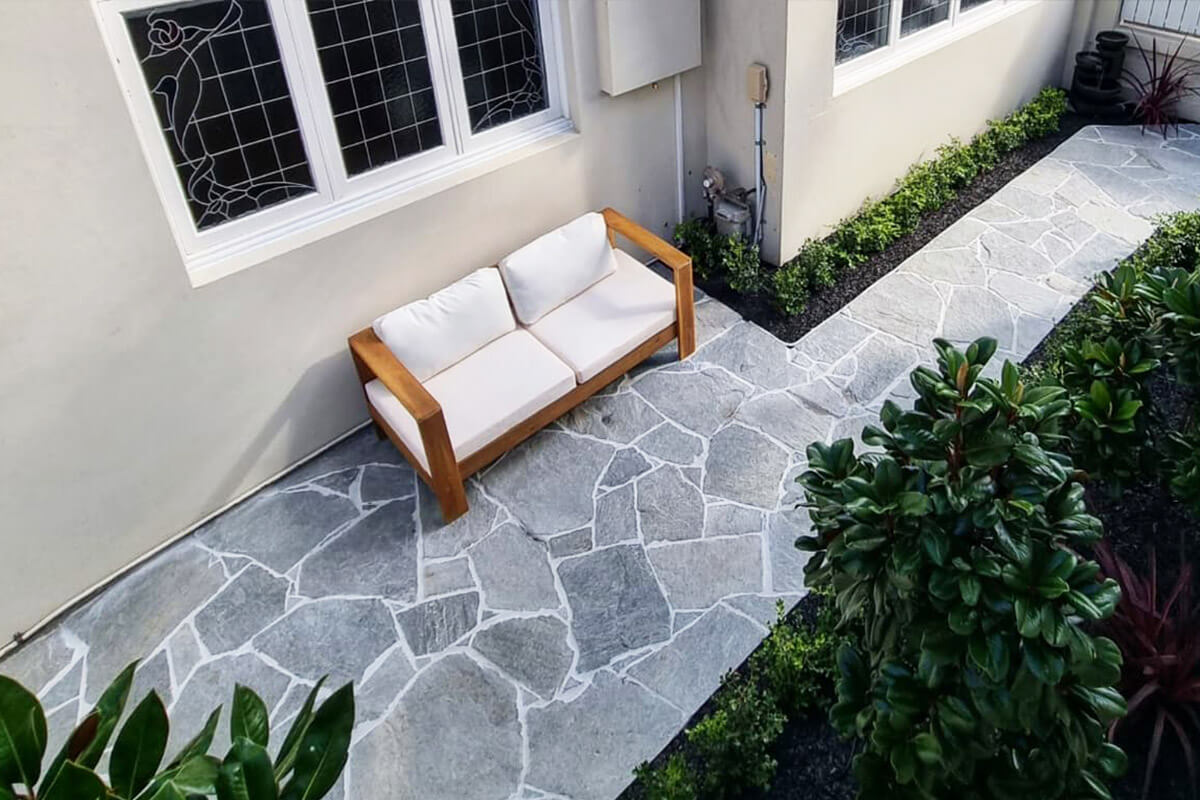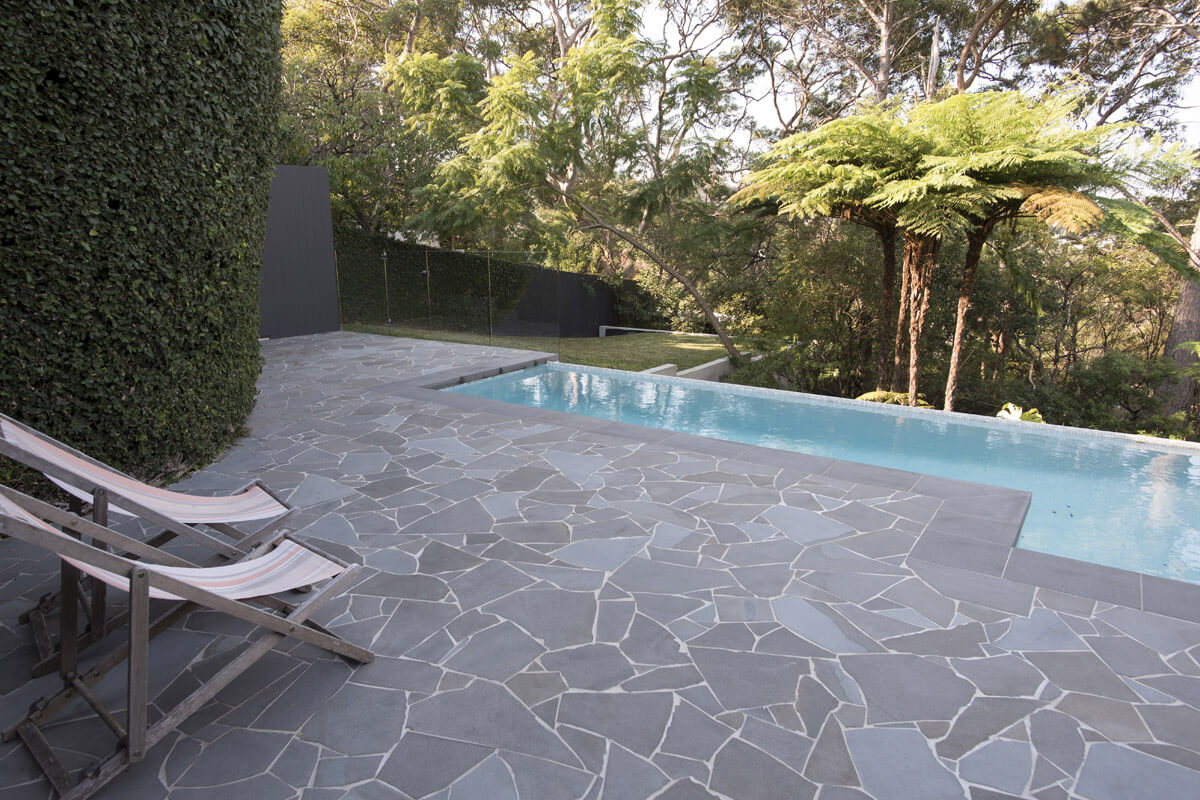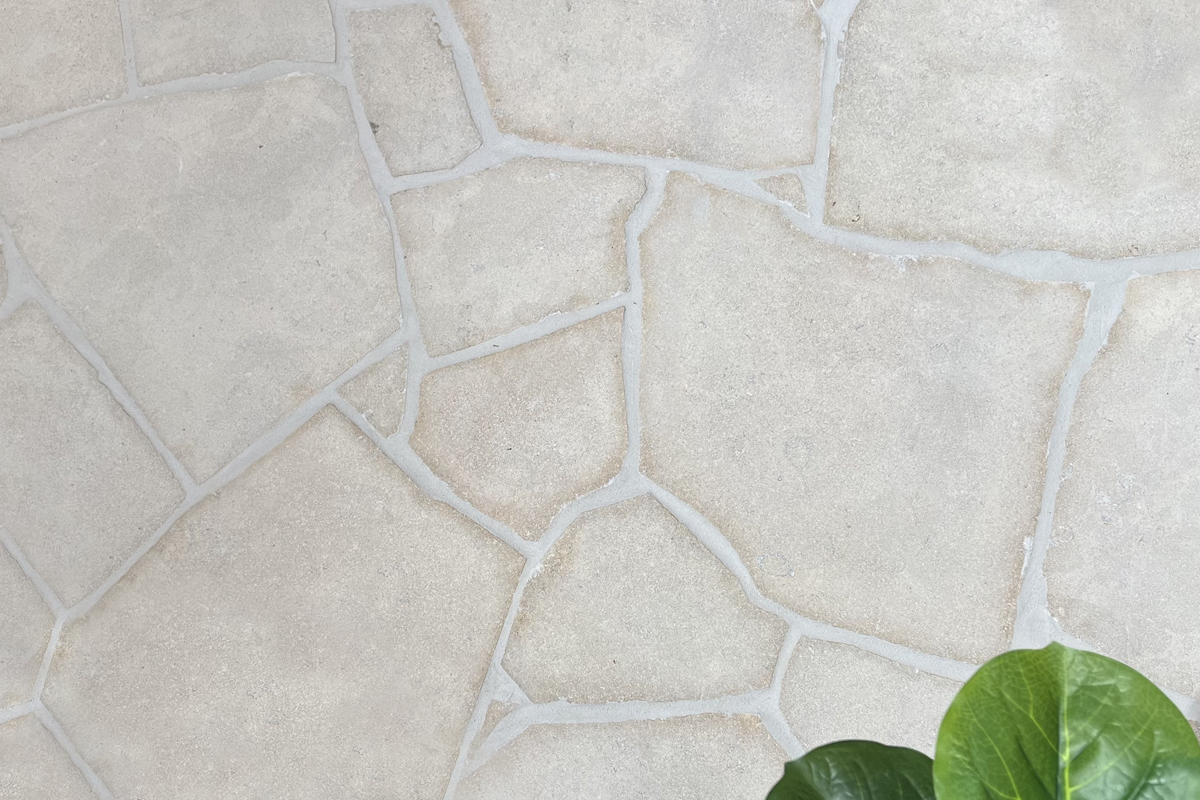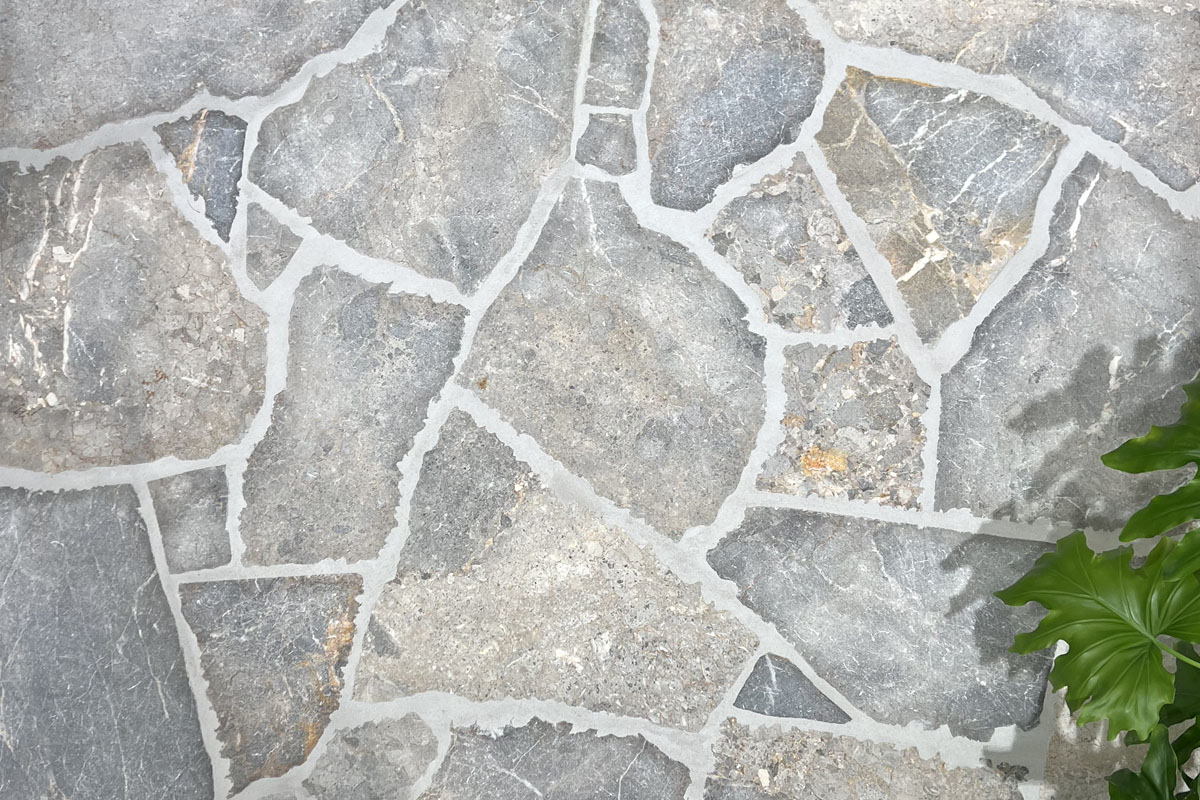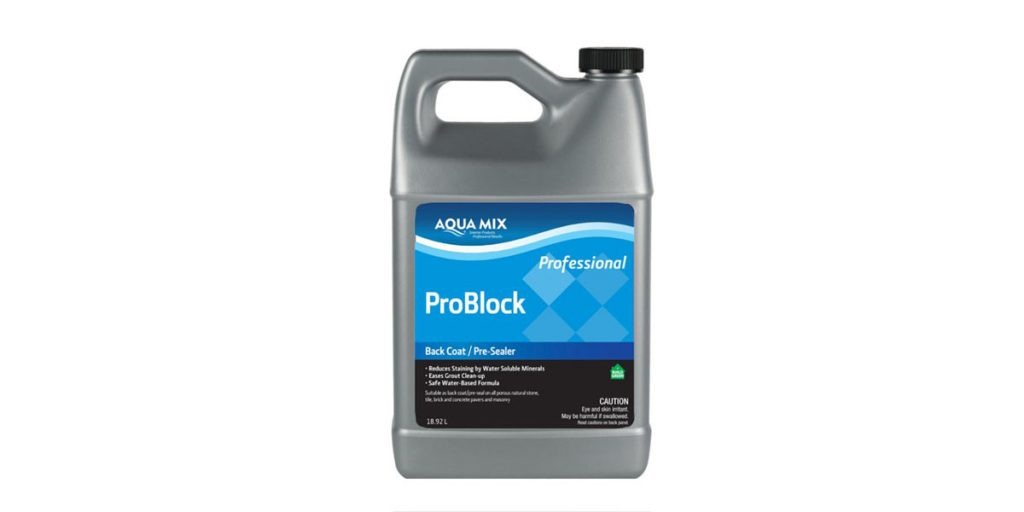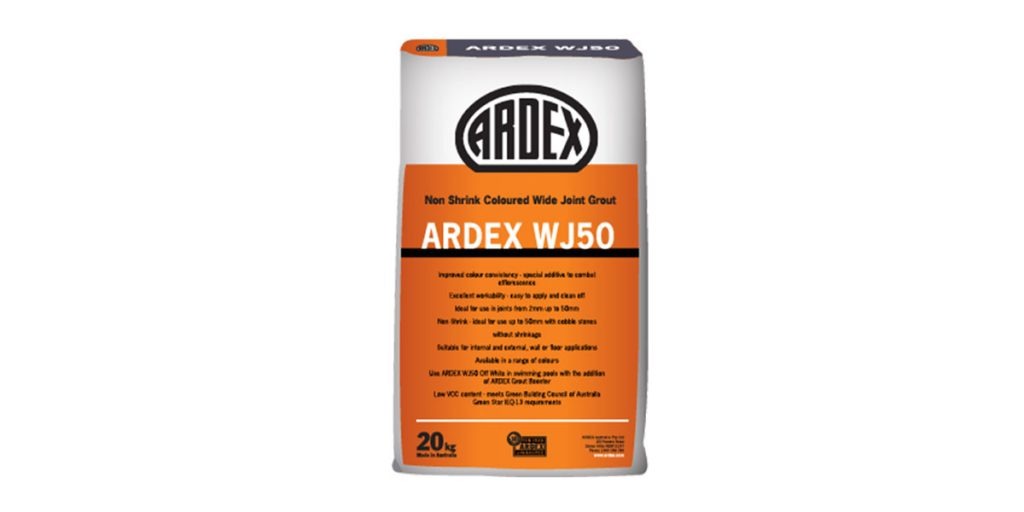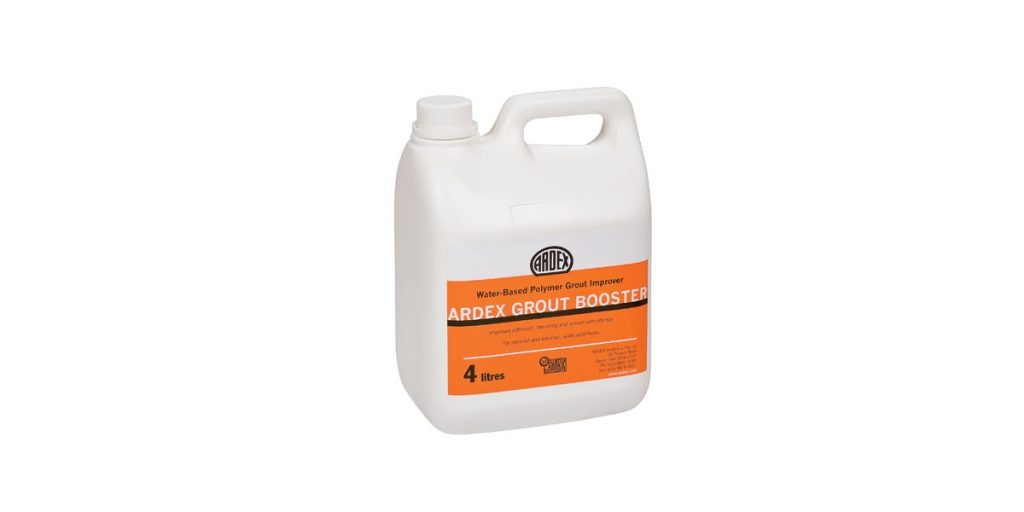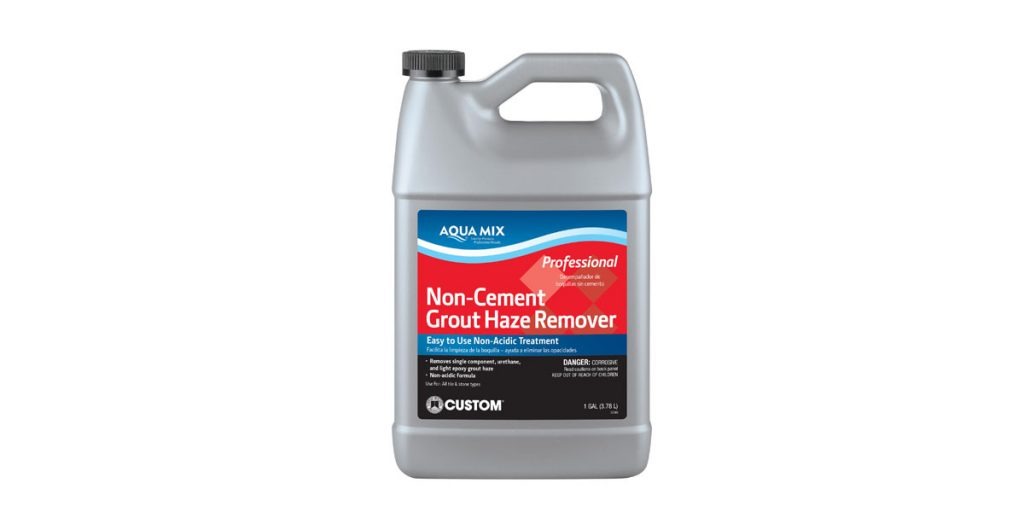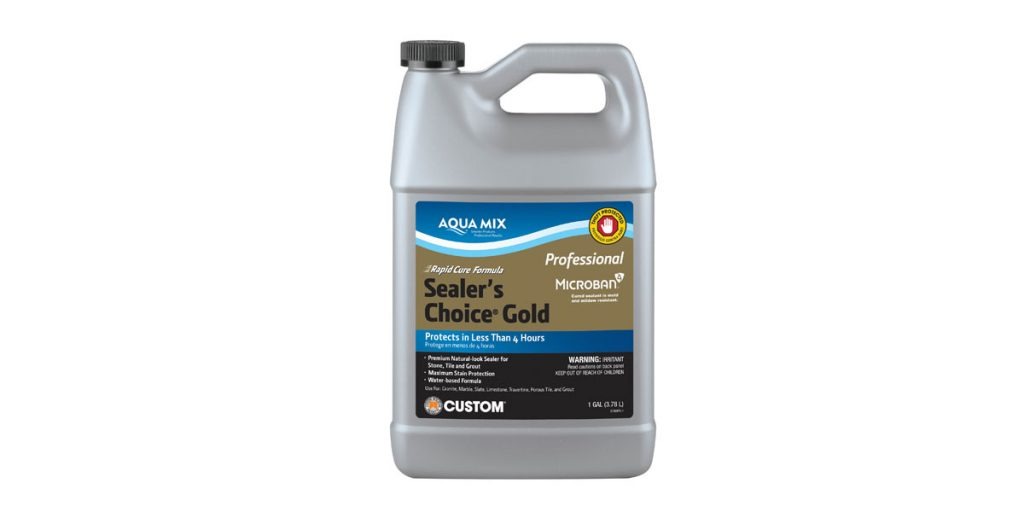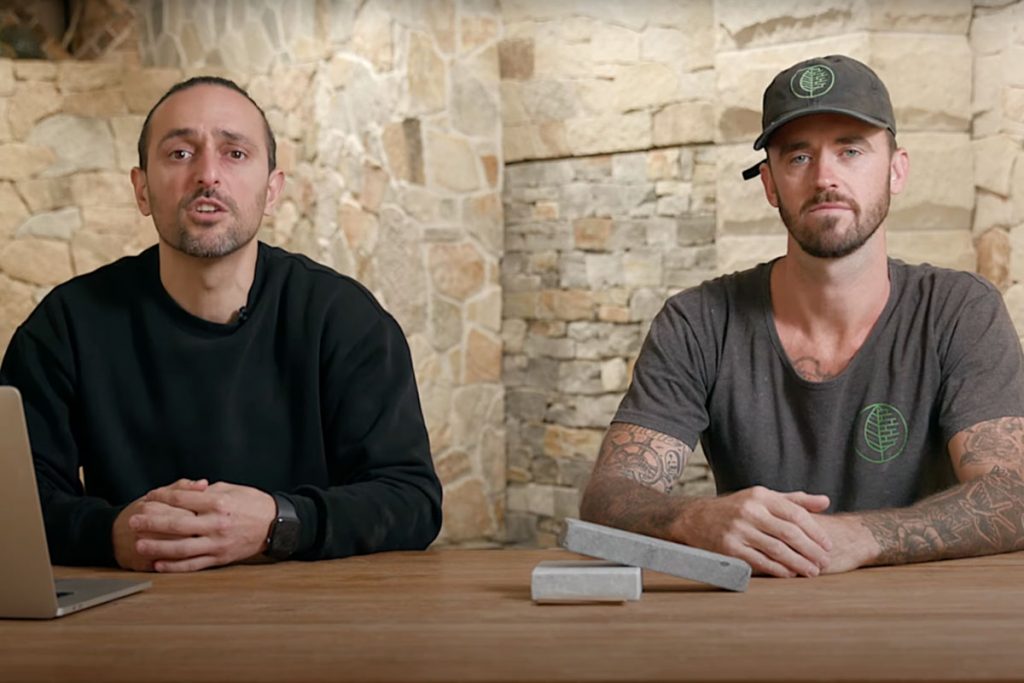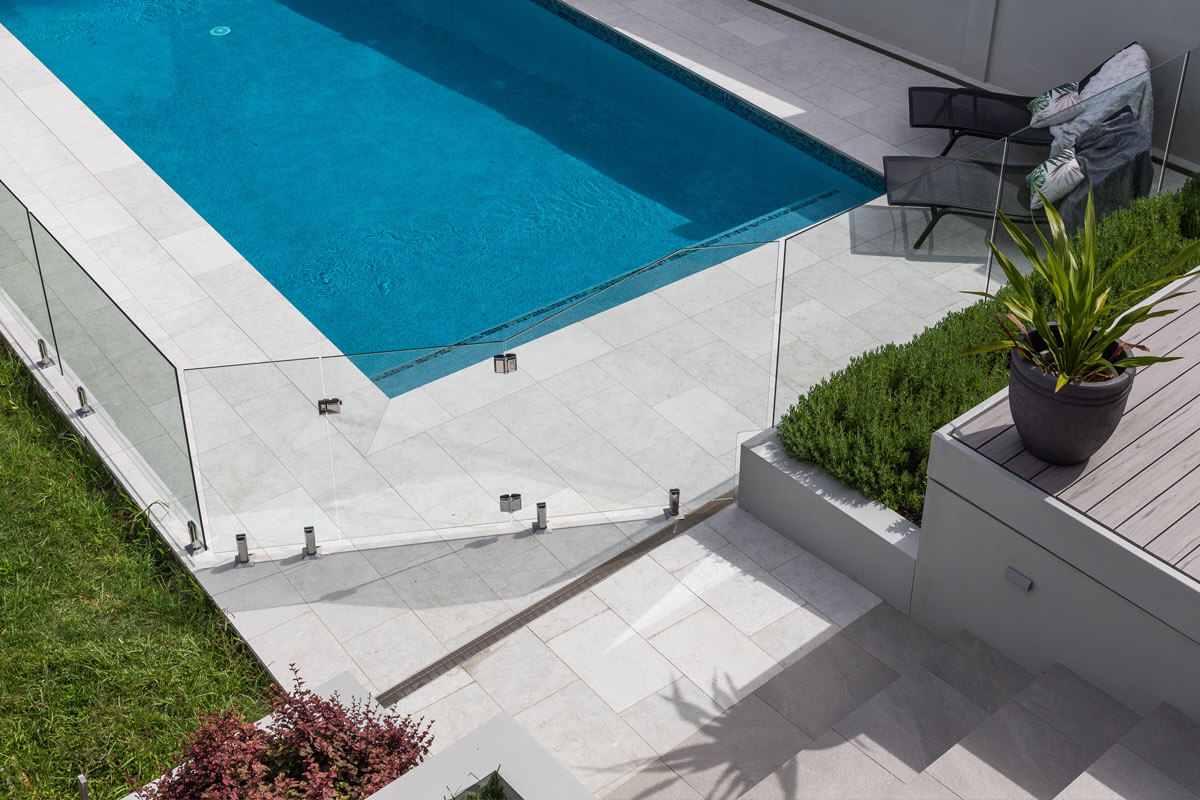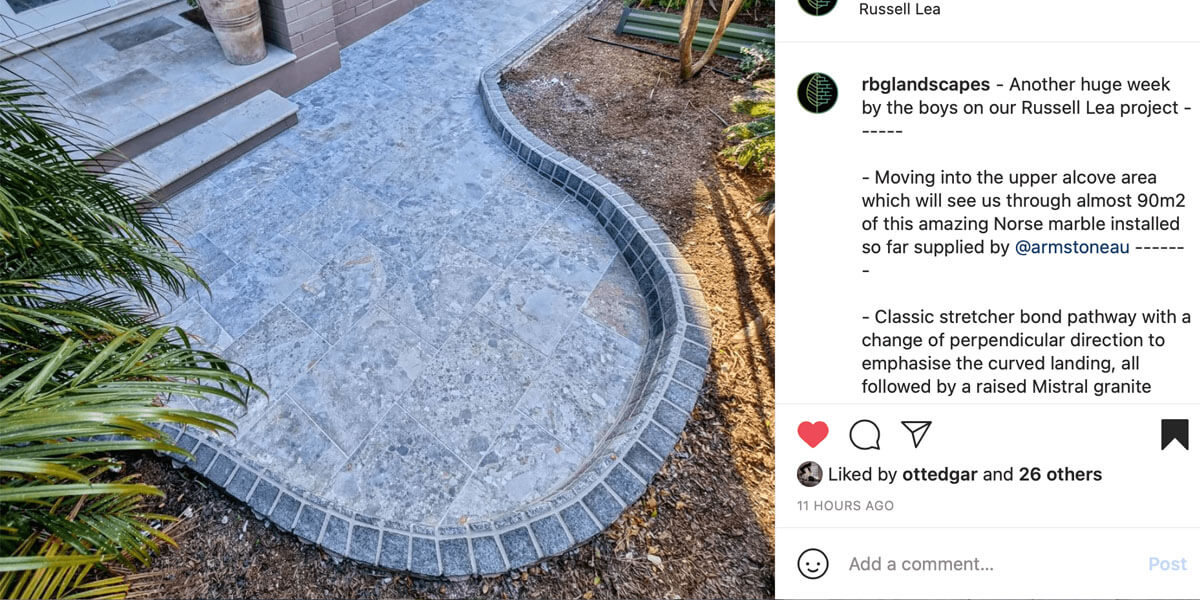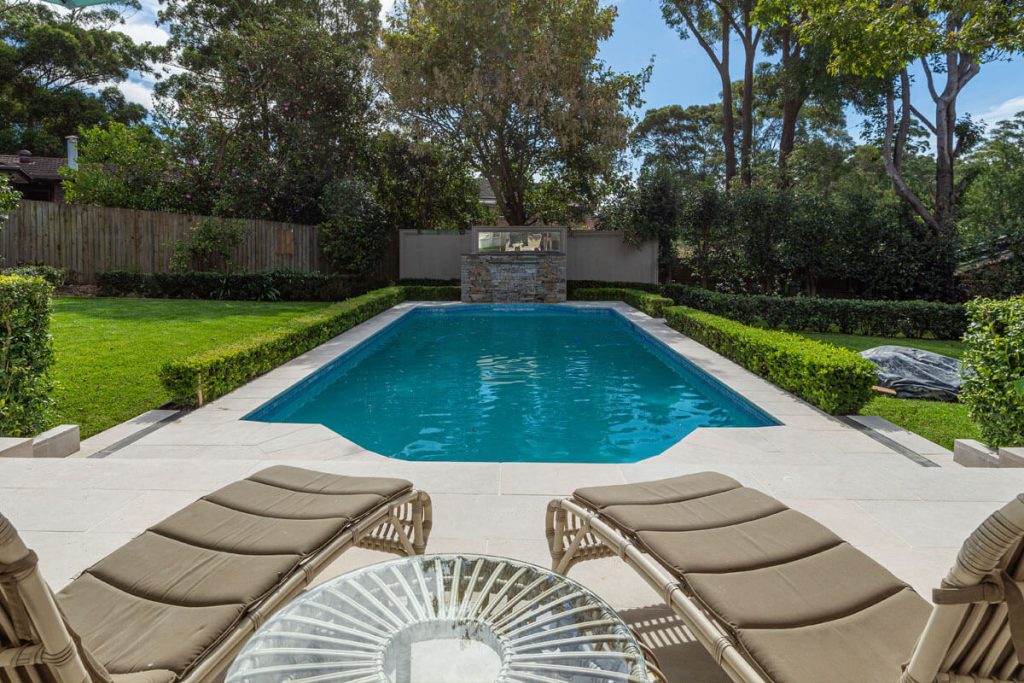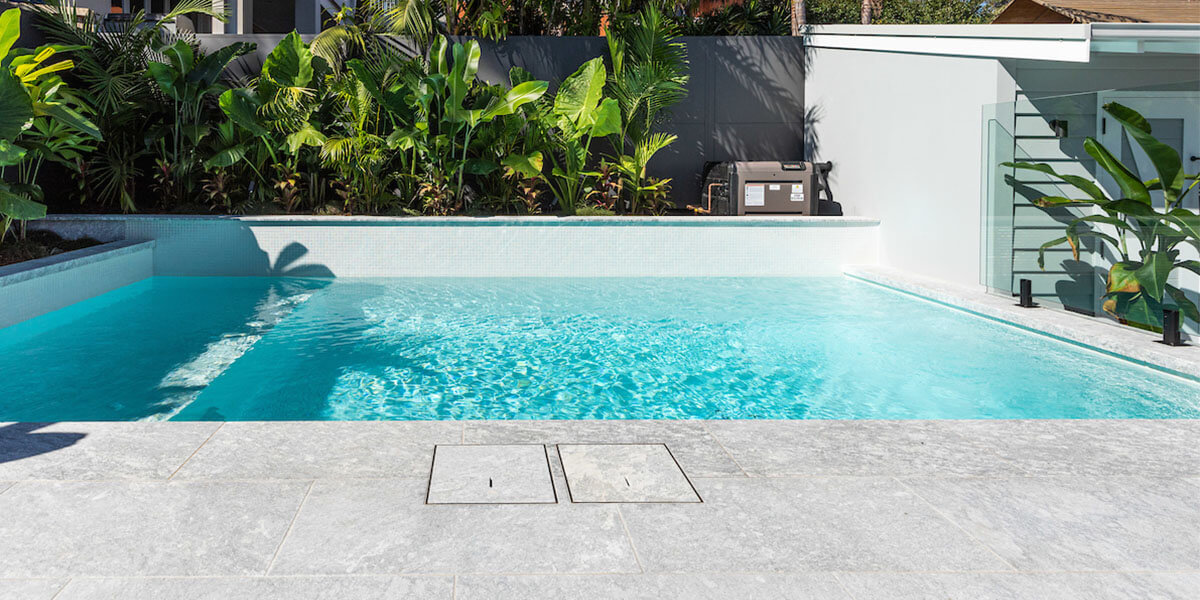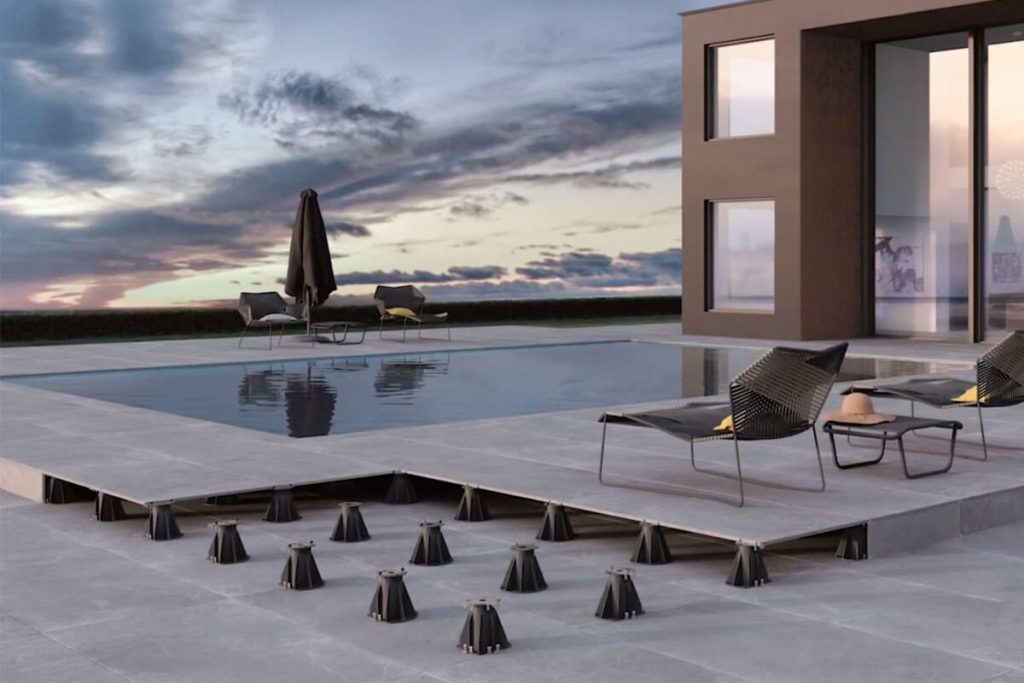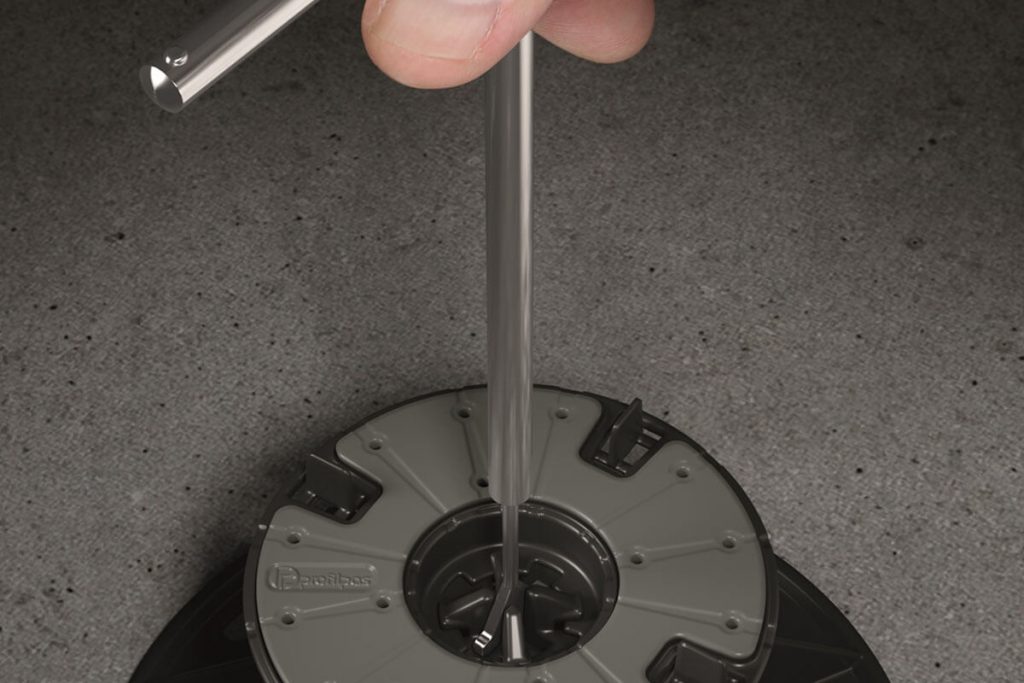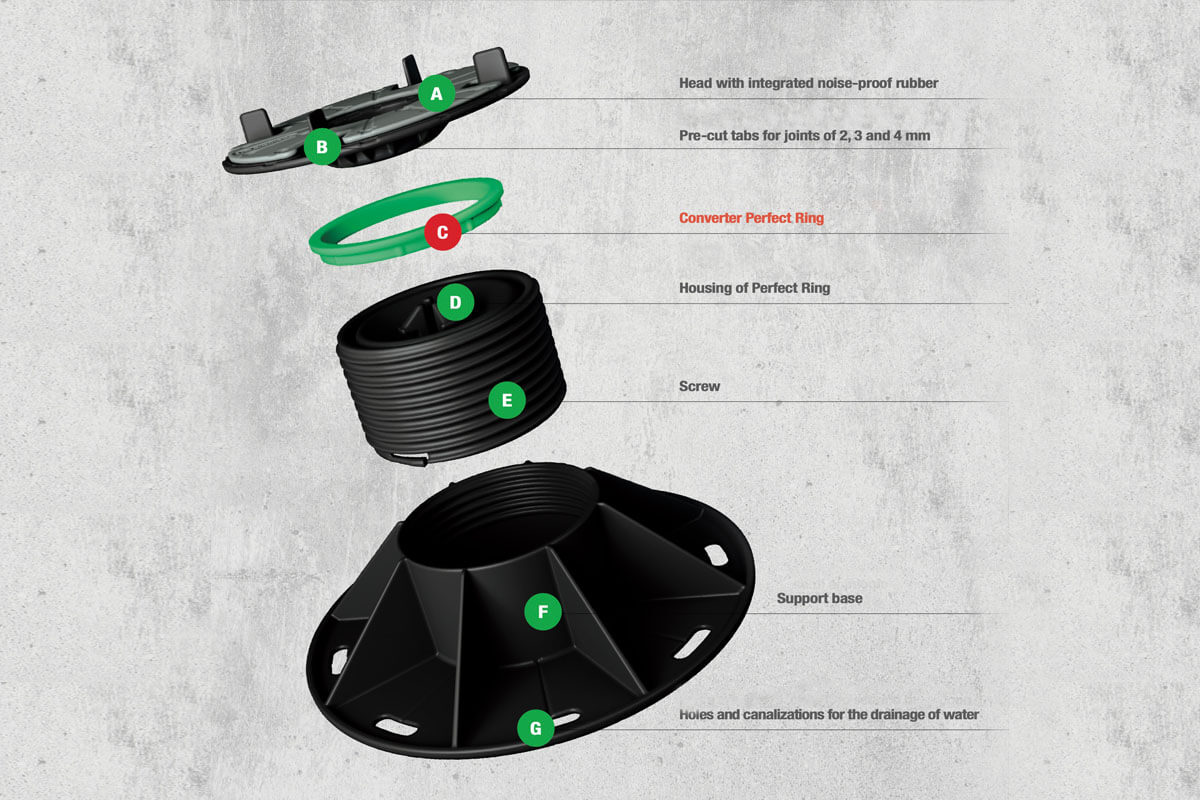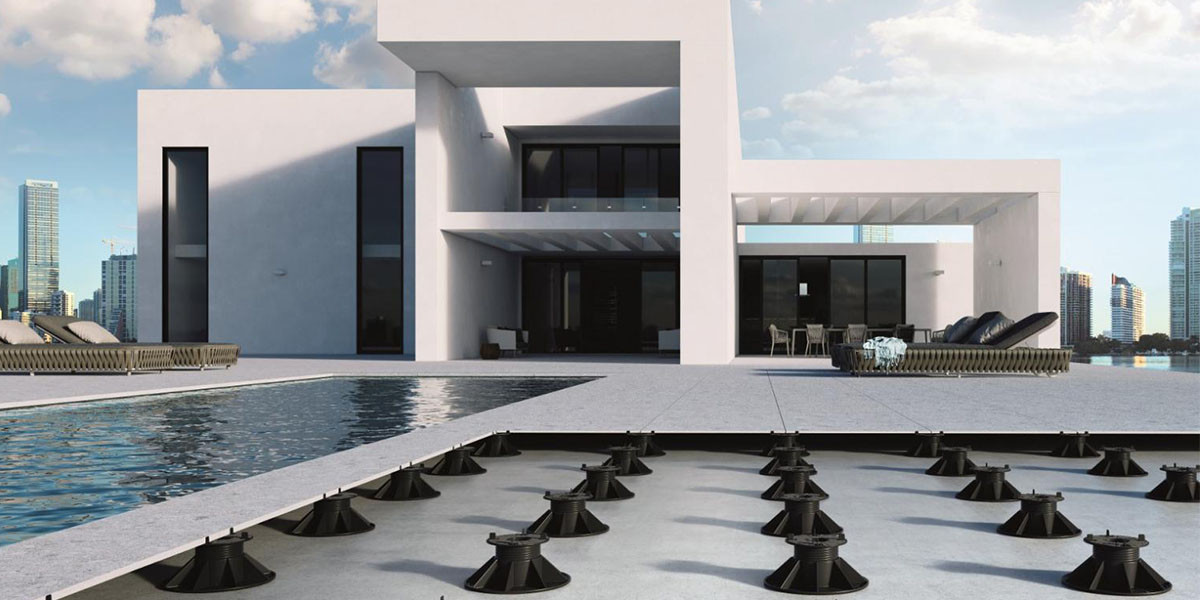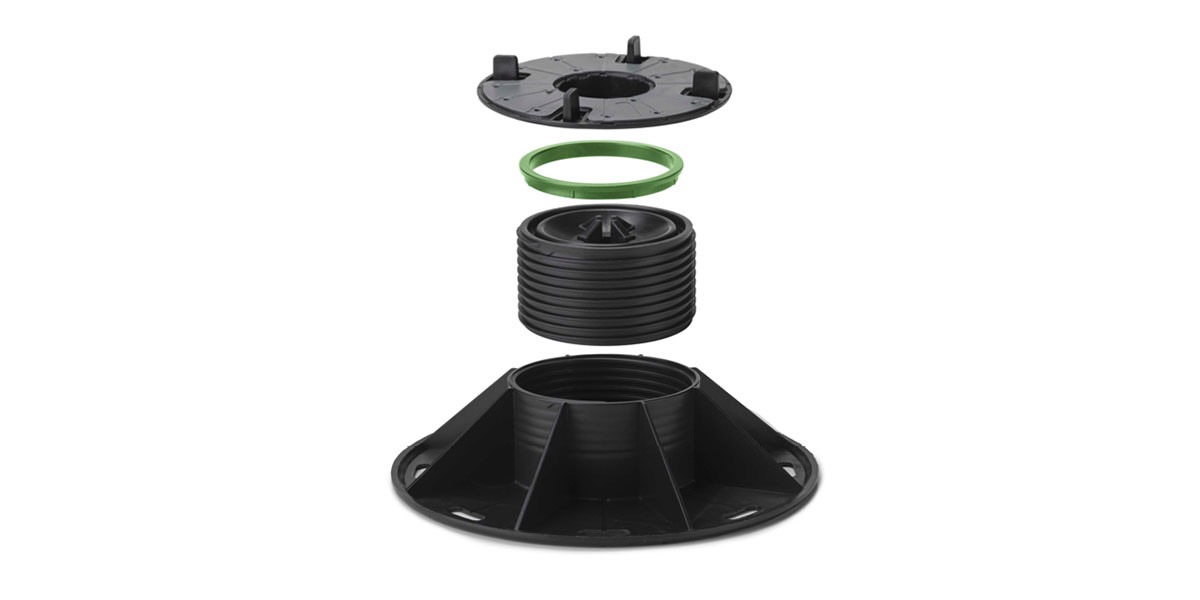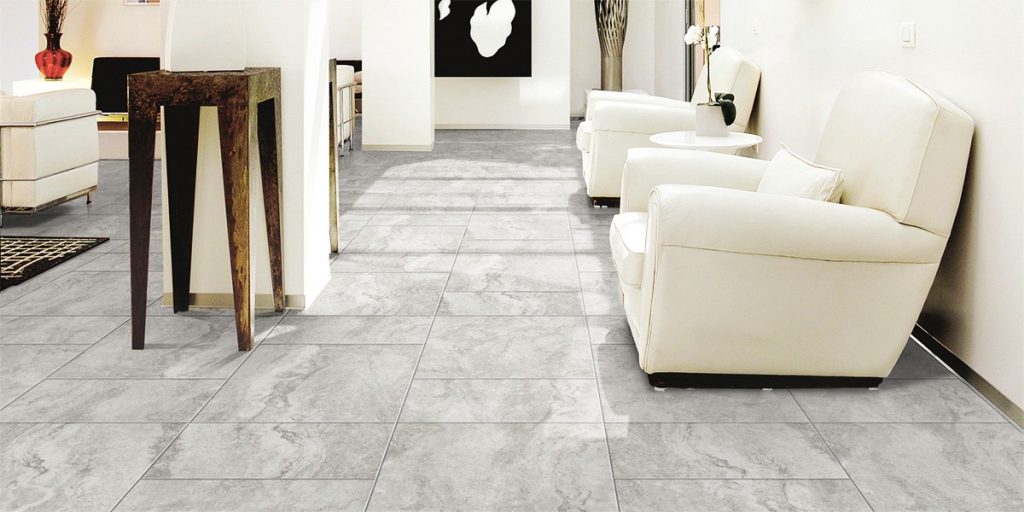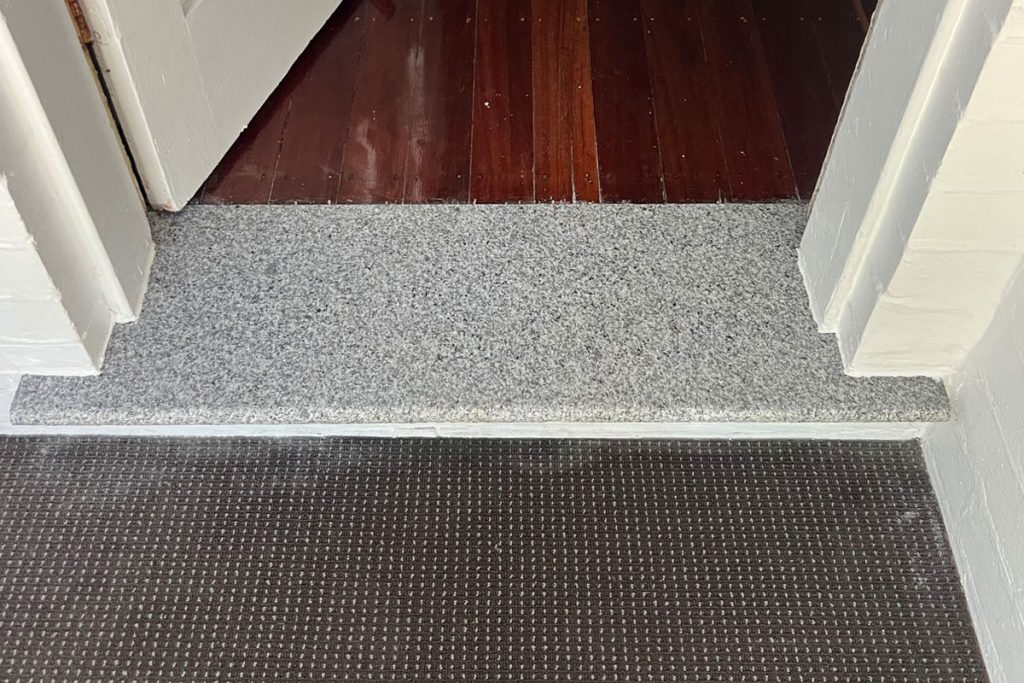
When you think of steps and door thresholds, you probably think:
“Ah… who cares.
They’re the least of my worries with my renovation or building project.”
Look, you’re probably right.
After all, steps and door thresholds are not the most exciting thing about a home.
However, they are a very important part of it.
You see, stairs, steps and door entrances take on a lot of foot traffic.
People are always coming and going.
In and out, and back in again.
As such, it’s important that these areas are strong enough to take on the consistent pressure that is required of them.
Which is why steps, staircases and door thresholds require just as much attention as any other part of your renovation project.
If done right, they will be a beautiful addition to your home.
And if not, they can become quite a hassle and expense to constantly repair.
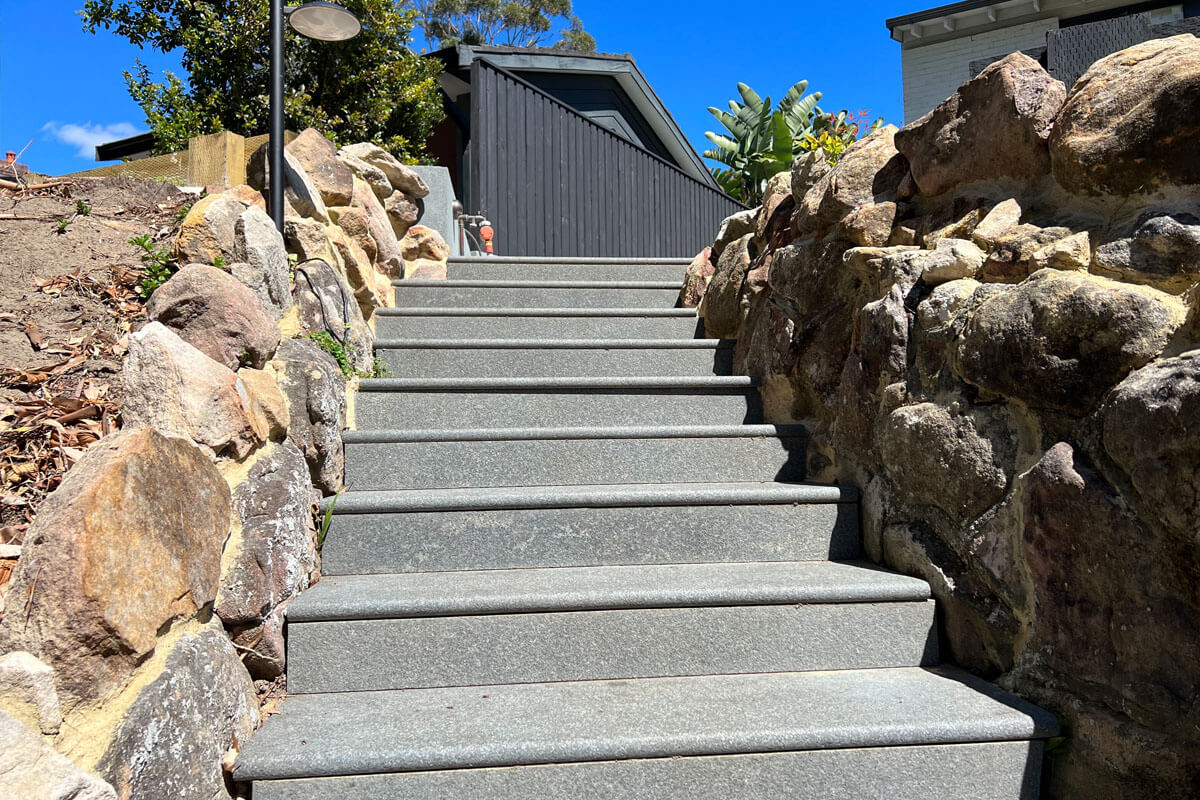
So, let’s dive right into today’s blog and look deeper into stone step entrances and all you need to know about them.
First and foremost, …
-
What are stone step treads?
Stone Step Treads are slabs of natural stone that make up the horizontal part of the staircase or door threshold.
Step treads are essentially where a person walks when using steps.
While step treads can be made of cement, wood or plastic, natural stone is the most versatile and durable material.
Since the most noticeable part of a staircase or door threshold is the horizontal surface, it’s only in your best interest to make it attractive and well-made.
Which brings us to …
-
Where can you use stone step treads?
One of the most incredible qualities about natural stone step treads is that they are an extremely versatile material.
Step treads and rises exude a sophisticated and elegant finish.
They especially suit modern homes and gardens.
You can use stone step treads for:
- Outdoor steps
- Step entrances
- Front doors
- To border verandas, path Federation Bungalows and Victorian terraces
- Separating elevated rooms with indoor steps
If your garden is not flat, outdoor steps serve as a helpful addition to the area so that people can get from one area to the other with ease.
Stone step treads are a better choice than another material like wood or plastic.
Why?
Well, because stone treads are more durable.
They are also less likely to be affected by environmental factors like rain and heat.
Stone steps for front doors are an easy and affordable way to complete your door entranceway.
Everyone will feel welcome.
And they will leave a warm first impression on everyone who enters or leaves your home.
Using step treads as veranda stone borders is a creative way to keep the garden separate and tidy from the path.
Additionally, stone treads as veranda borders add an original look to your home reflecting your home’s historic aesthetic.
Most of the 1950s Federation Homes or Victorian Terraces.
Have tessellated tiles with either slate or marble step borders around the porch or veranda.
We love, and respect, this heritage look.
Why?
Well, it accurately documents Australia’s housing design history.
So, let’s continue to keep Australia’s heritage alive.
If you’re looking to do this by installing stone treads as veranda borders.
We stock the original 1950s Carrara Marble Slabs.
All in all, stone step treads serve both functional and decorative purposes.
For more information on how to use step treads, check out this blog we have written earlier https://www.armstone.com.au/blog/stone-treads-create-a-decorative-feature-for-your-home-entrance/.
Now, you may be wondering…
-
Are stone treads slippery?
That is an extremely important question.
Especially since so many people will be walking often on the stone steps.
And you want to ensure that they don’t slip and fall.
As such, you need to consider that the stone – and specifically it’s finish – has a high slip rating.
And as varied as their purpose, stone step treads are available in flamed, exfoliated, honed, sawn, sandblasted, tumbled or acid-washed finishes.
At Armstone, we stock step treads in all these finishes.
So if you are installing steps that will be exposed to the weather.
It’s paramount to ensure that they have a P4 or P5 finish.
This finish ensures that the steps are non-slip.
If you are installing stone treads in a single-door threshold, it’s not as important that the step is non-slip.
This is because you aren’t stepping from one step to another.
As such, you have the flexibility of choosing a honed smooth finish.
Now, what if you really like the smooth honed stone finish…
But you have more than one step, making it a more slippery choice?
Good question!
Luckily, we have a solution for you.
At Armstone, we fabricate honed steps to ensure that they’re nonslip.
We do this by installing a brass strip on the bullnose edge.
This adds grip strength to your footing and thus makes the step tread nonslip.
It’s a very simple solution to make the smooth honed stone both safe and aesthetically pleasing.
How do we achieve this?
We cut a groove 4mm deep into the stone and in it, we glue a 6mm brass strip.
The protruding 2mm of the sharp brass ensures a good grip when you step on it.
Now, you may know some people who have adhered very unattractive nonslip stickers onto their slippery treads.
These may look new for a short period of time.
Until they wear off and look awful.
And this doesn’t take very long.
This is why we use a brass strip solution instead.
So, you can be assured that our natural stone step treads are a safe choice for all steps, stairs, paths, and door thresholds.
Now that we’ve established that stone step treads are non-slip…
-
How do you install a stone threshold?
Good question!
Unlike natural stone pavers, stone thresholds, steps and stairs have a completely different technique.
First, you need to cut the stone steps into the relevant length.
This requires special machinery and skills.
We strongly recommend working with a professional stone mason.
Once you’ve cut the stone into the necessary length, it’s time to install it.
Now, we know a picture is worth a thousand words.
But a how-to video, that’s worth even more.
So instead of telling you how to install a stone threshold, stay tuned for a video with Brendan Sweeny from Ecoterior, showing us the process of replacing a step tread. (Coming in 2024)
Now onto the next point…
-
What size and stone type are door thresholds available in Australia?
Door thresholds are available in a variety of sizes and stone types.
At Armstone we know that every home, staircase, and door threshold is unique.
Which is why our natural stone step treads and thresholds are available in varying lengths and custom sizes.
Most of the step treads at Armstone are available in the standard size of 1210 x 320 x 30mm, with a Bullnose Edge.
However, we also stock some steps that are 1500mm long and sometimes (but rarely) 2000mm long.
We go a step further and offer to tailor the length of some step treads and thus help minimise grout joints.
We cut these from slabs of stone and make them out to your desired length and width.
So, if you’re looking for a natural stone solution for fireplace hearths.
Stone treads are certainly an option.
Additionally, we supply step treads in a variety of nosing profiles.
What’s a nosing profile?
It’s the shape of the edge of the step.
At Armstone you will find the following nosing profiles:
- Bullnose Edge (a semi-circle shape)
- Beveled Edge (a square edge with a 3mm chamfer at the top and bottom of the corner)
- Pencil Edge (a 3mm rounded top and bottom of the corner)
- Half Bullnose, and others
Choosing the best nosing profile depends on where you are installing the door threshold and the style of the surroundings.
For example, a square edge will suit a more modern home design.
While a semi-circle nosing profile will suit a more traditional door threshold.
Now that we’ve sorted out the sizes and types of door thresholds, let’s look at …
-
What type stones steps are available at Armstone?
Much like the rest of our natural stone paver collection, our step treads are available in a range of quality natural stones.
We stock Bluestone, Slate, Marble, Granite, Sandstone, and Travertine step treads.
So, if you are looking to match your stairs, door entranceways, paths and even patios, you can find all the necessary natural stone materials at Armstone.
And finally…
-
Do you need to seal stone steps?
When choosing your stone steps, you want to consider that they are well-made and easy to maintain.
To help you maintain your stone steps, we strongly recommending sealing them.
This will ensure that the stone’s integrity remains intact despite wear and tear and the ever-changing environmental conditions.
Here we recommend 2 different sealers:
- Natural Look Sealer (Sellers Choice Gold) – this doesn’t change the appearance of the stone
- Enhancing Sealer (Enrich and Seal) – this will give your steps a permanent wet look without any shine or gloss.
If you are unsure which sealer to choose, consider the surrounding aesthetic and design of your natural stone pavers, home, driveway, and garden.
And if you need any other guidance with choosing natural step treads and door thresholds, we would love to help.
You can reach out to our team of experts online at the contact form below, or by calling 1300 560 560.
If you are more tactile, we have all our step treads, and other natural stone pavers, pool coping, cobblestones, stepping-stones, garden pebbles and pool tiles, on display at our showroom in Glebe, Sydney.
We look forward to seeing you and helping you bring your stairs, door thresholds and paths to life.
If you enjoyed this blog and found it helpful, we would really appreciate your support.
Please share with someone who may also find the information useful.
